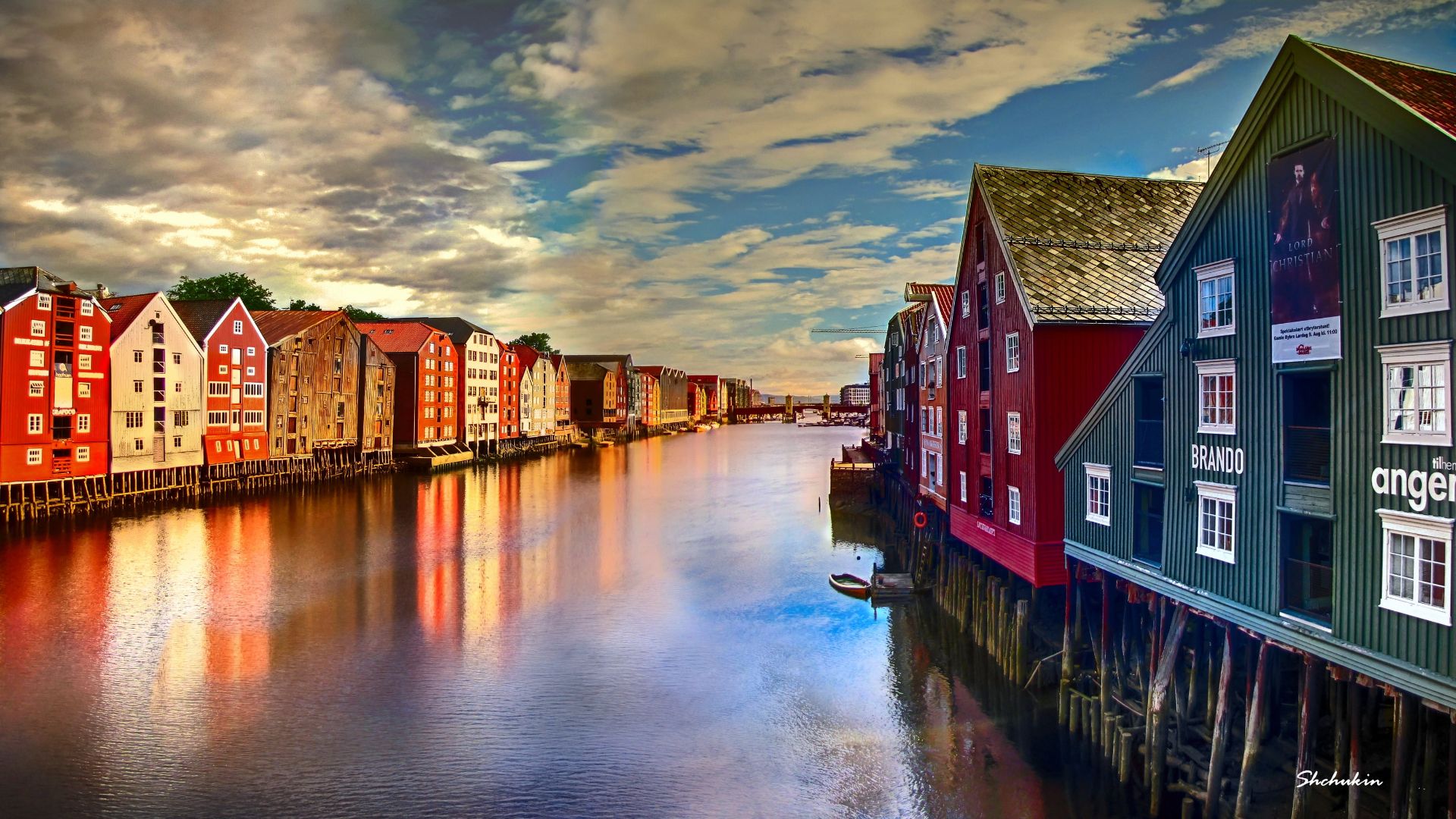Տրոնդելագի քարանձավները
Հրատարակվել է: 19.06.2021
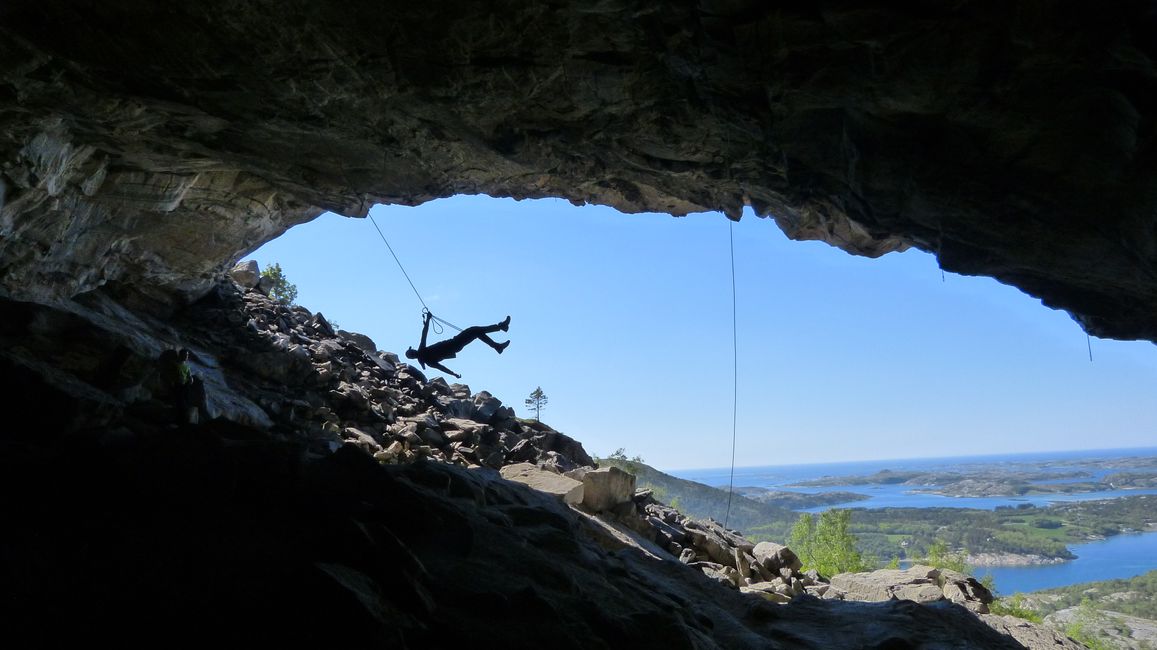
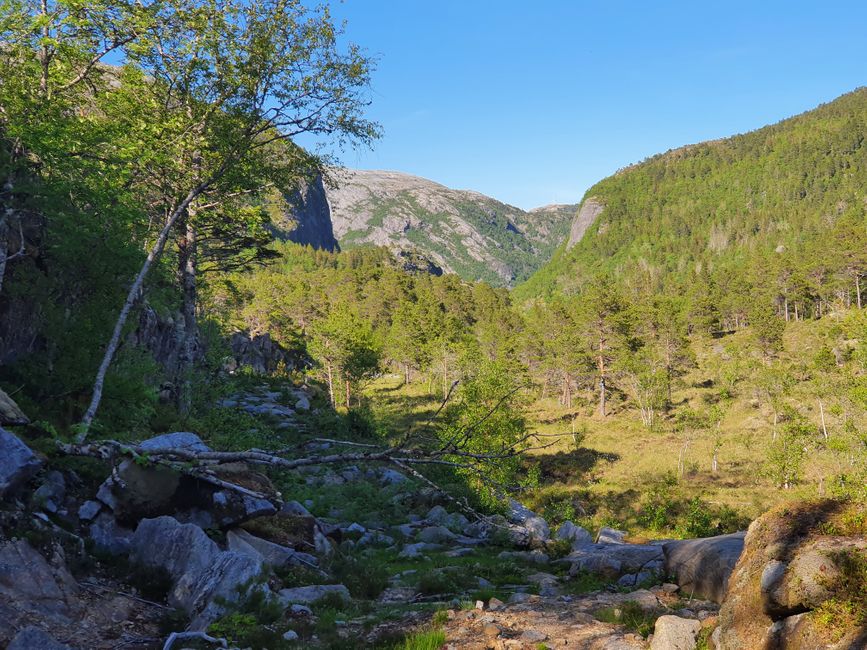
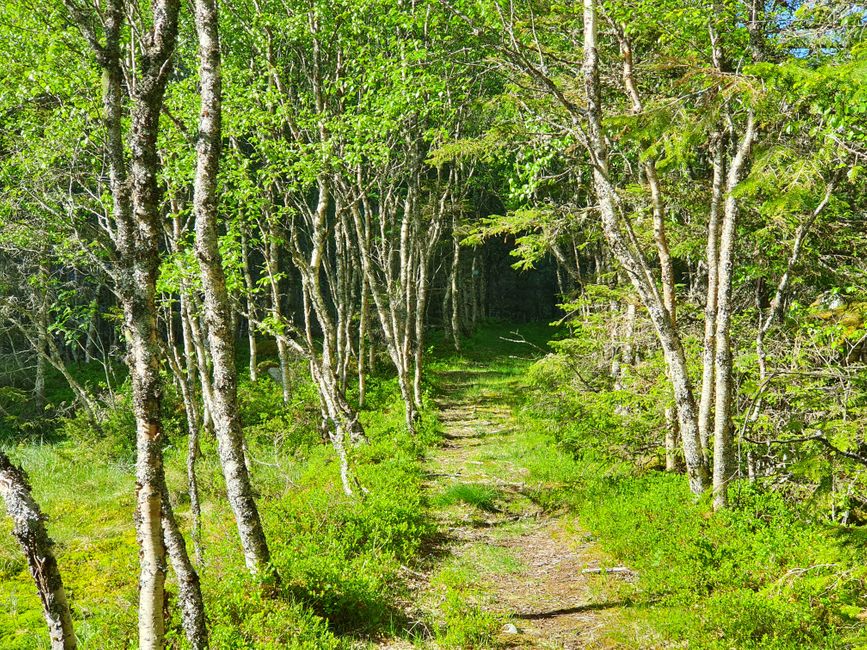
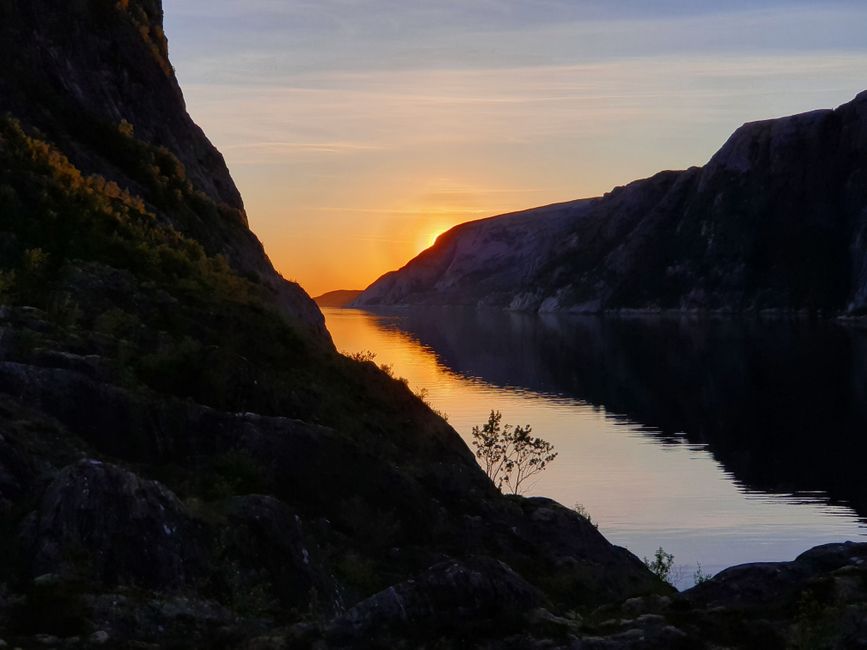
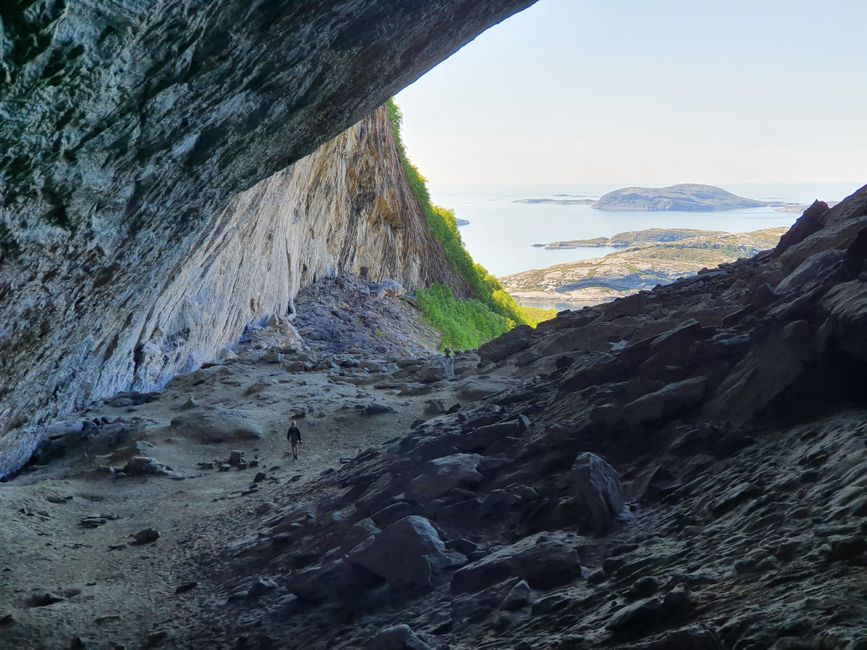
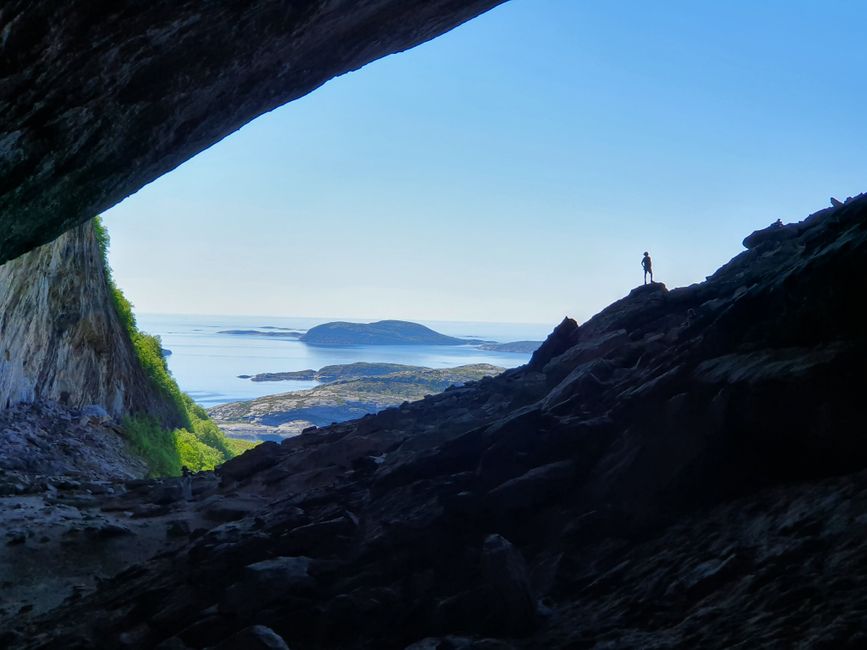
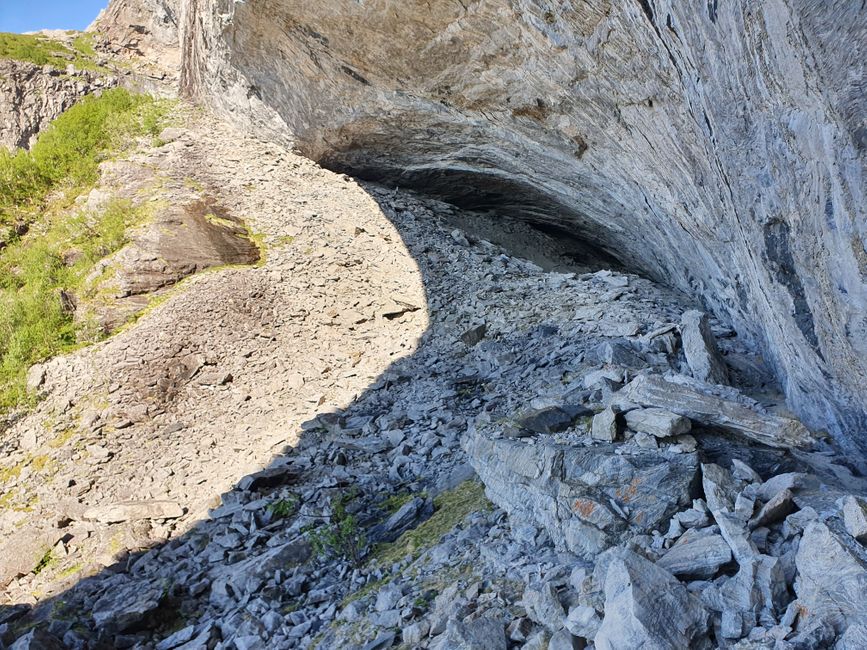
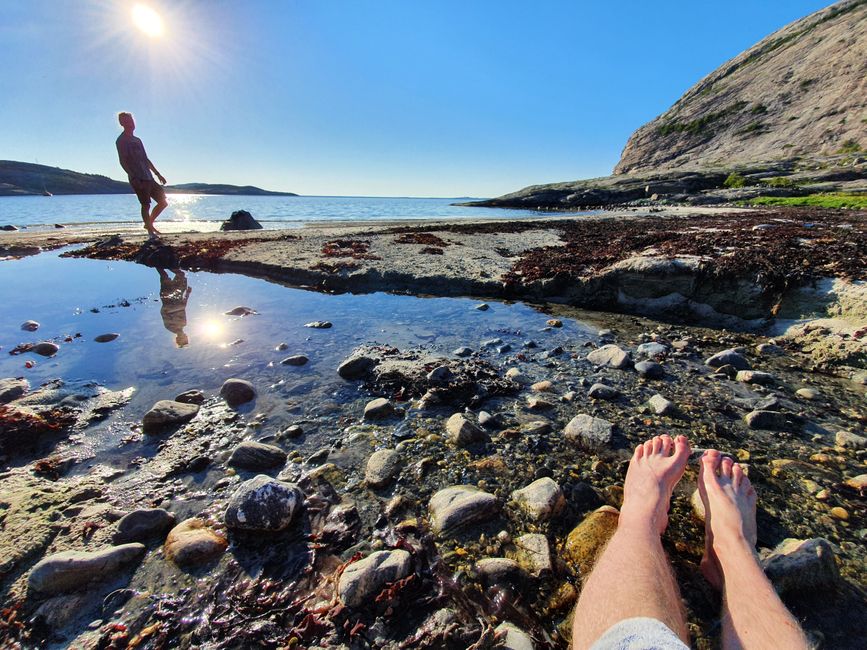
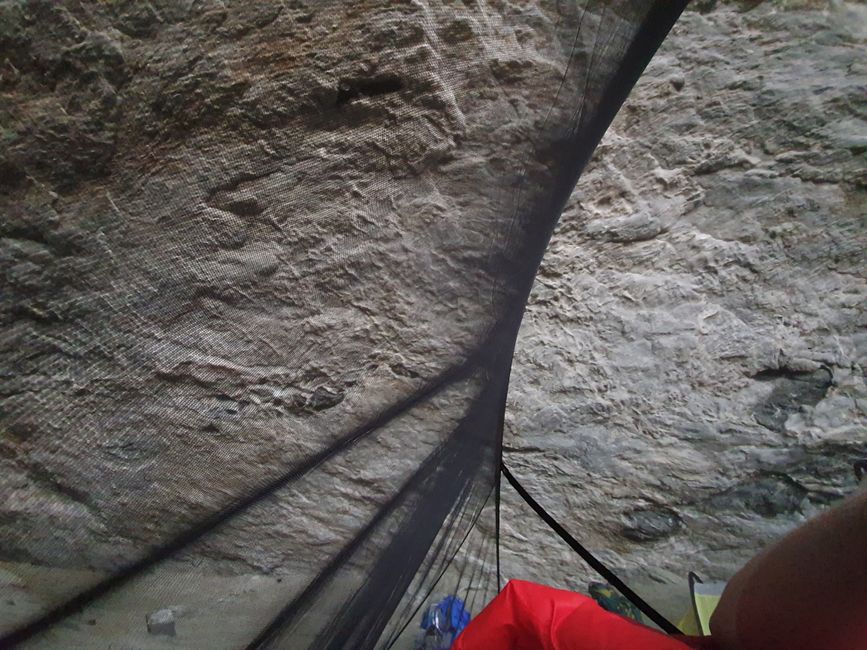
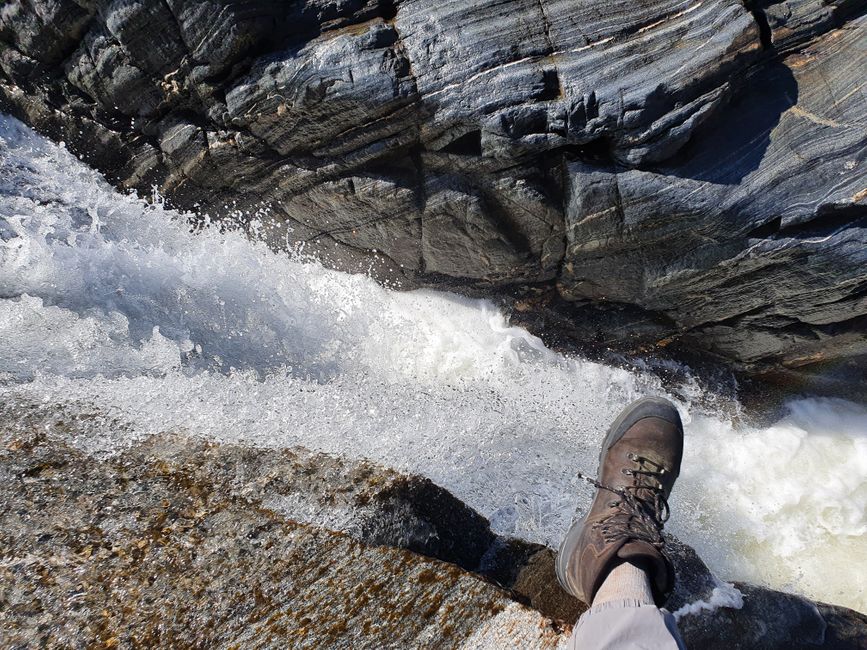
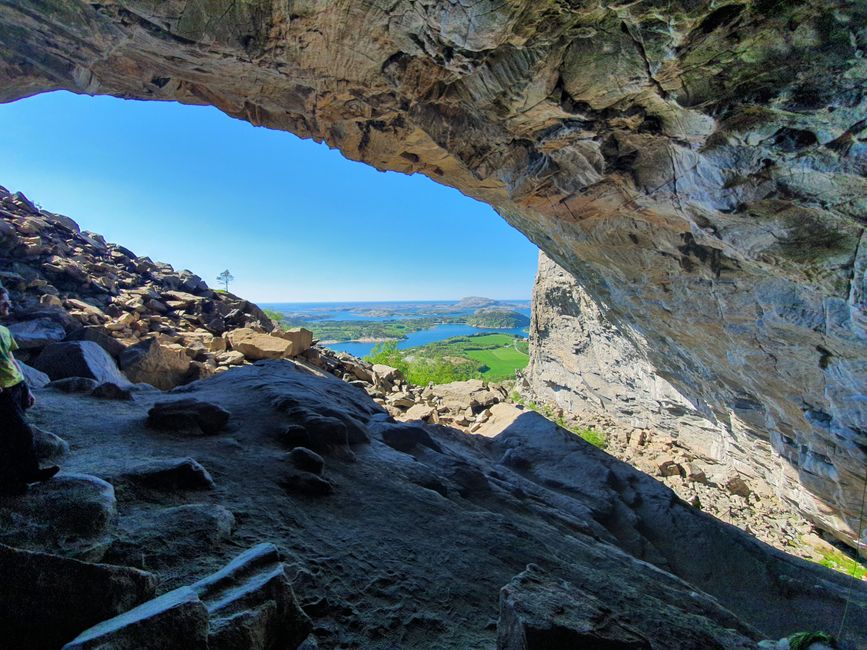
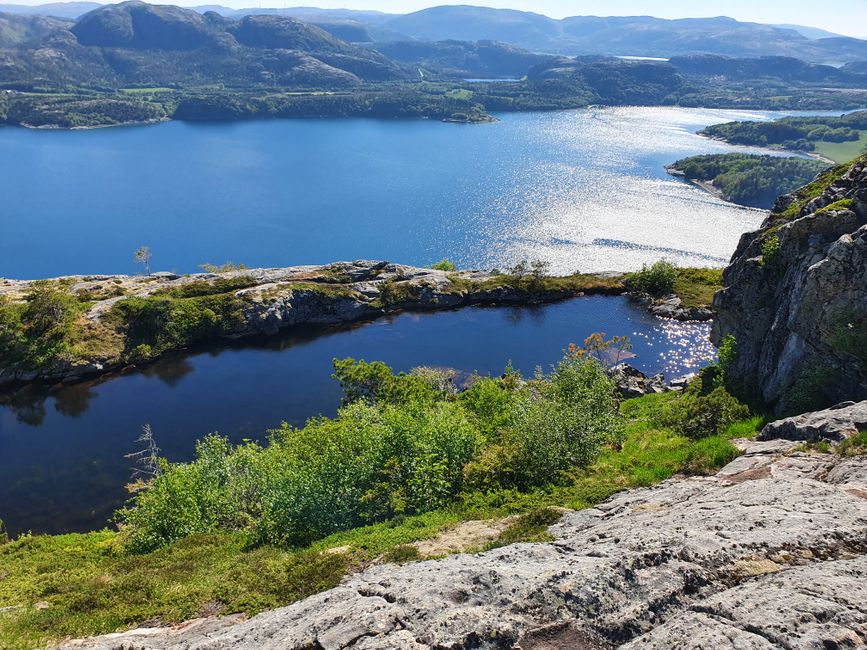
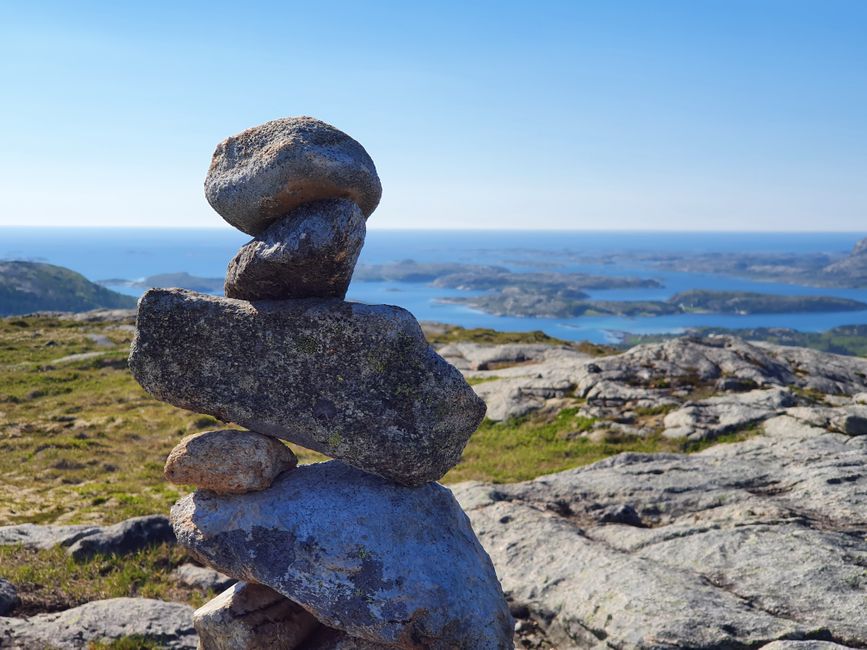
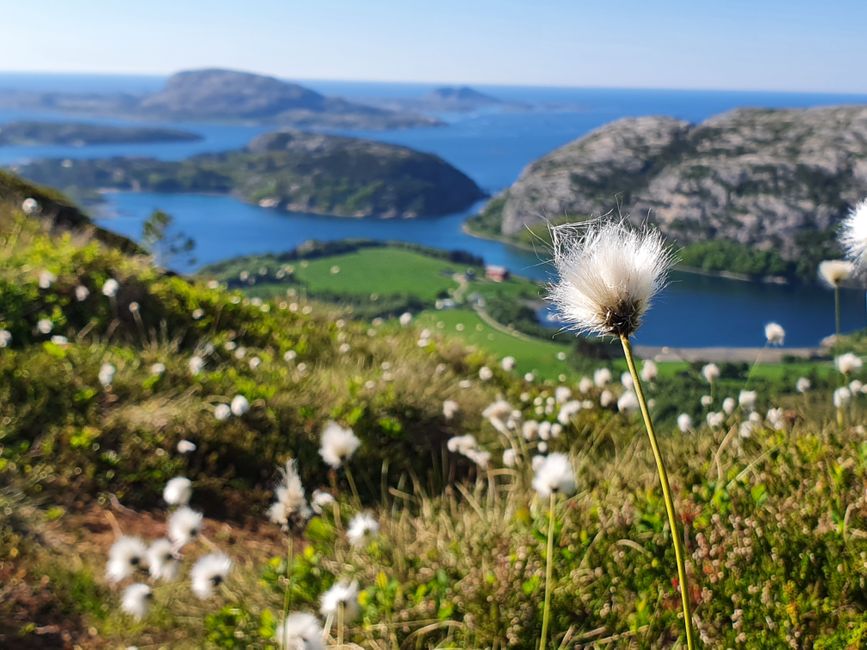
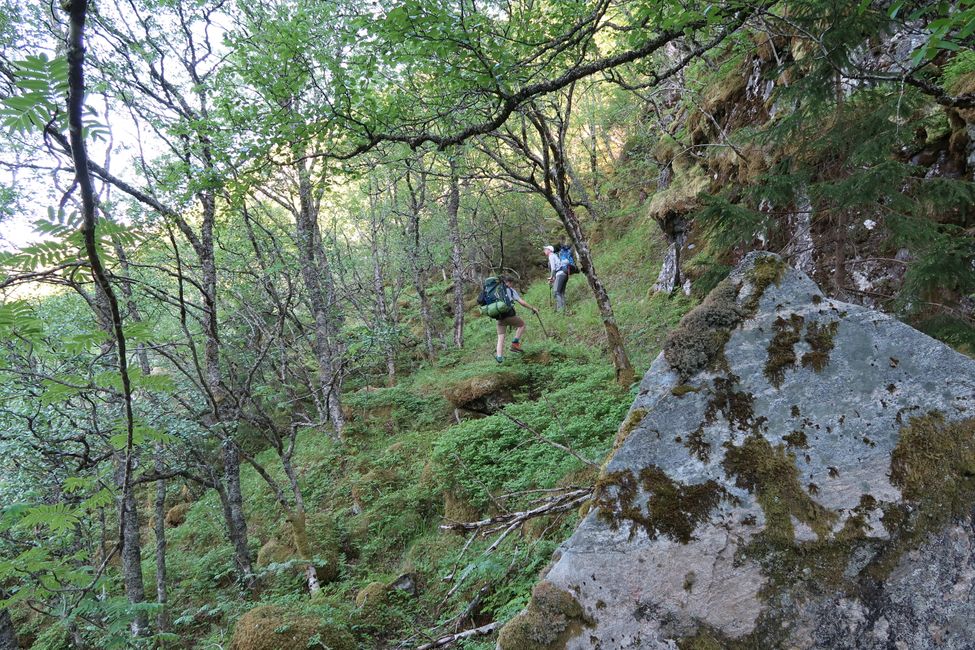
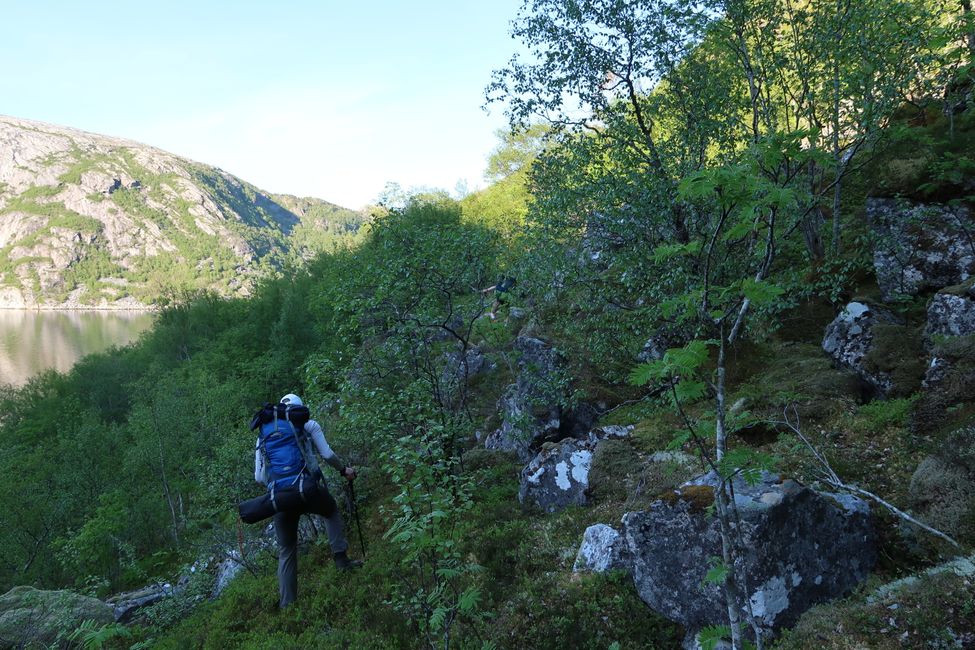
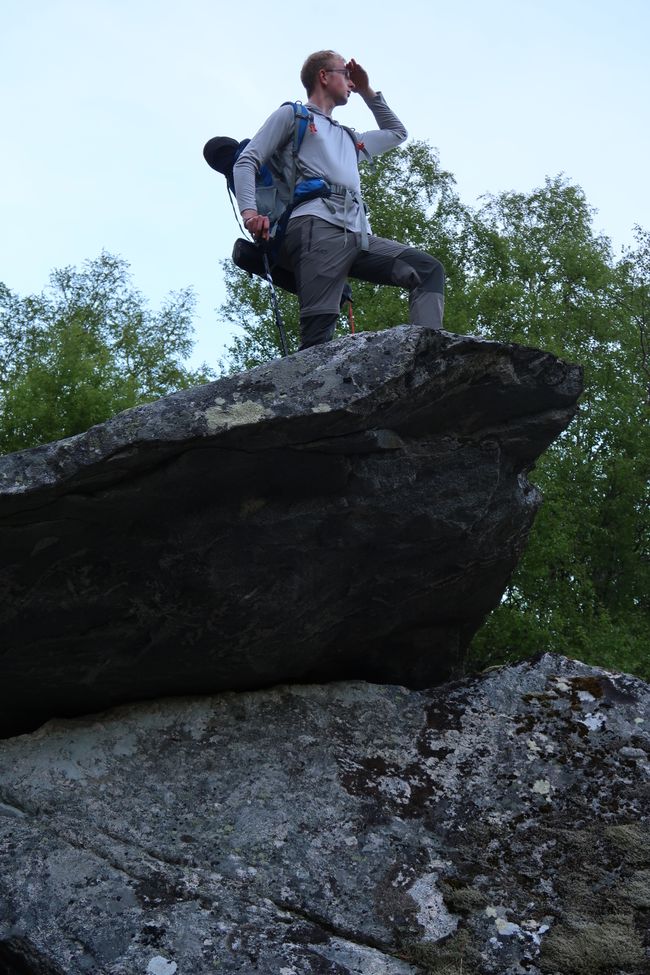
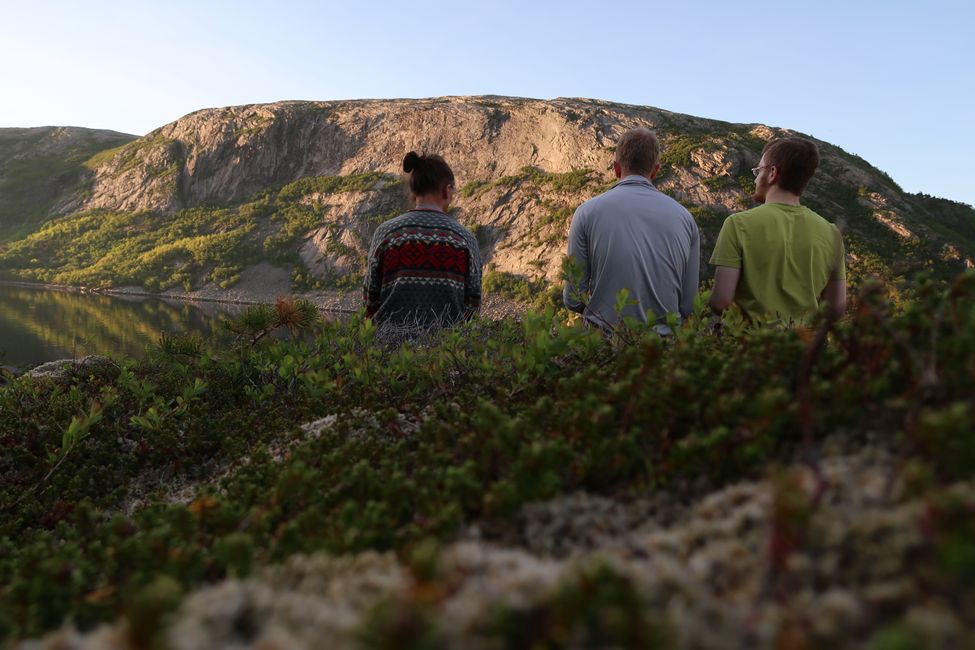
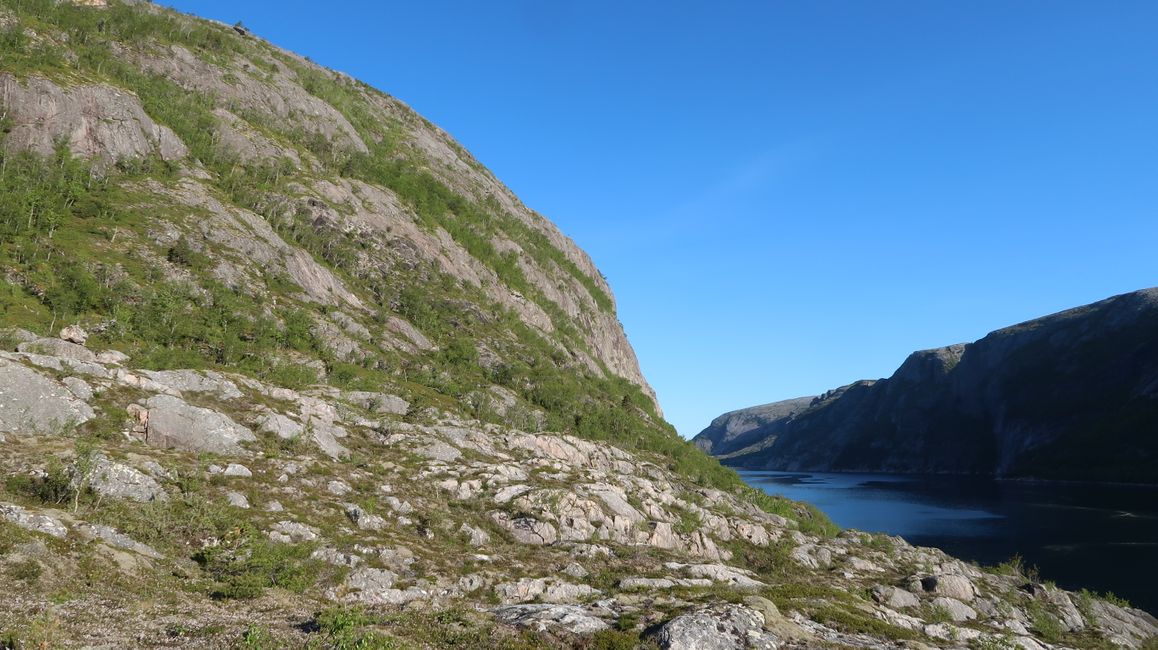
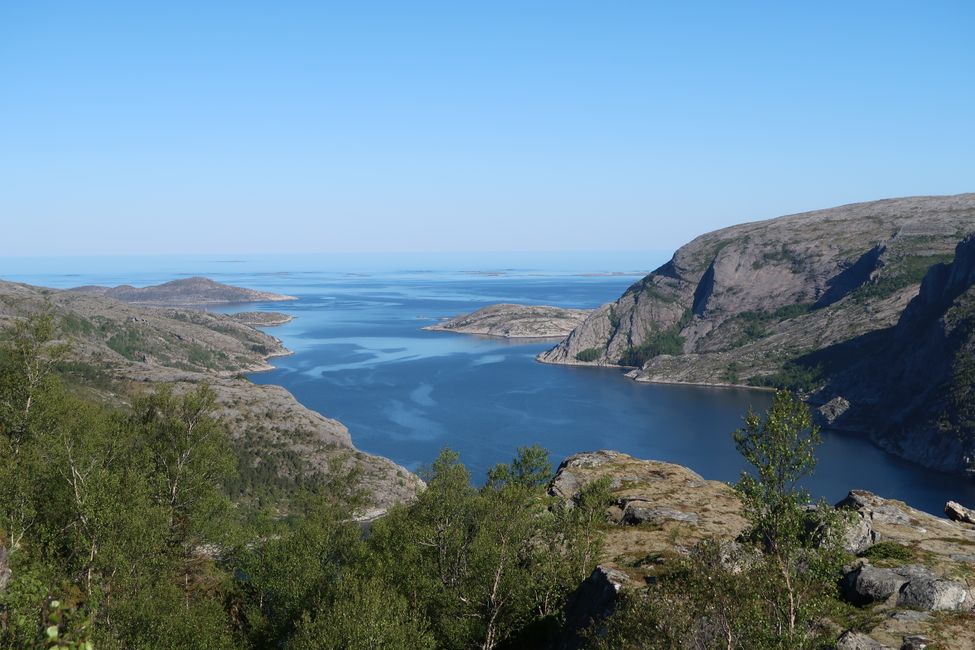
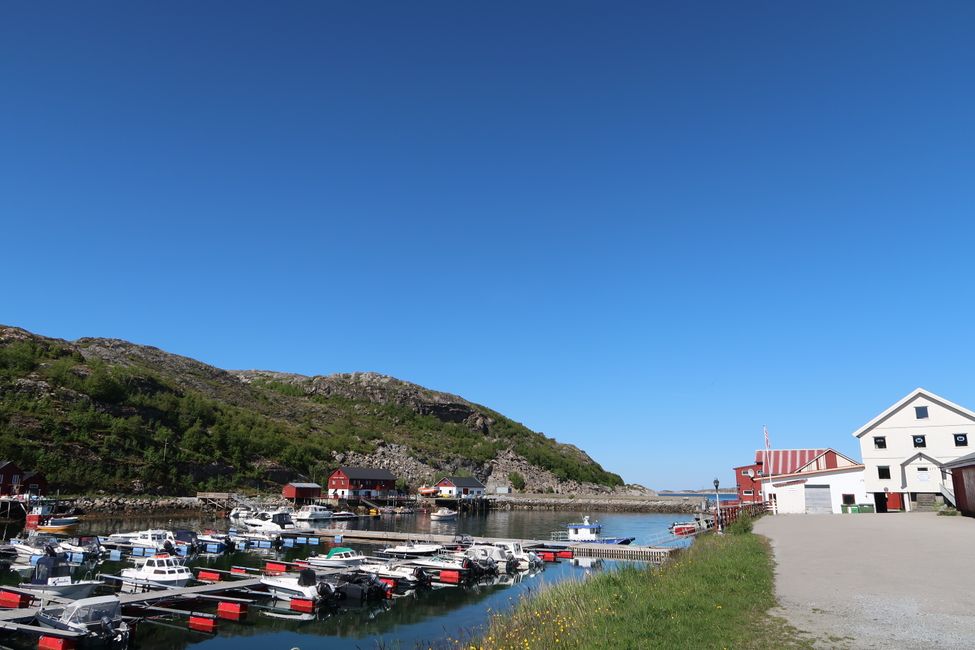
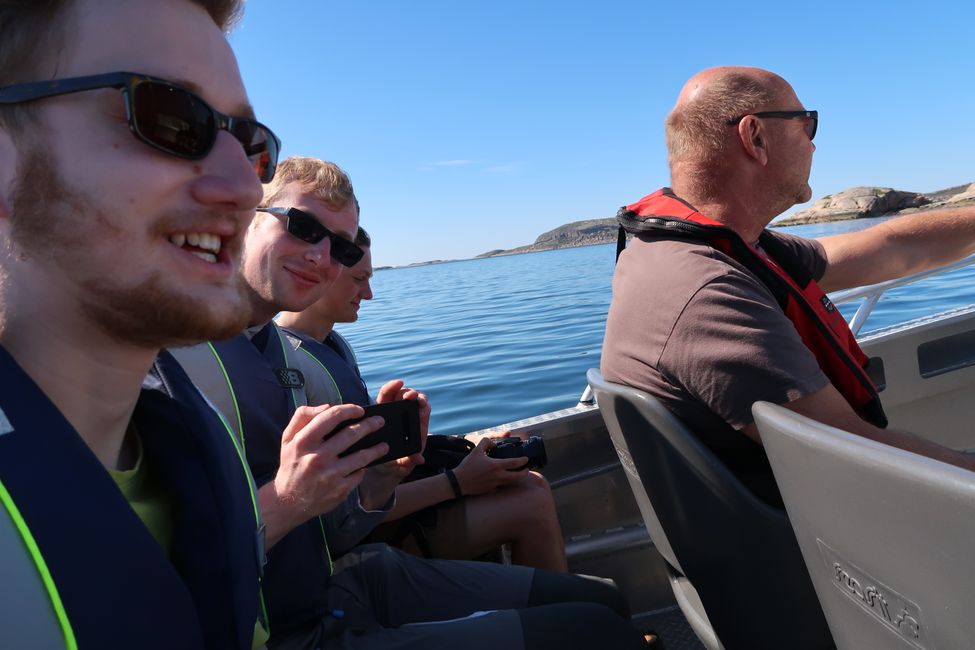
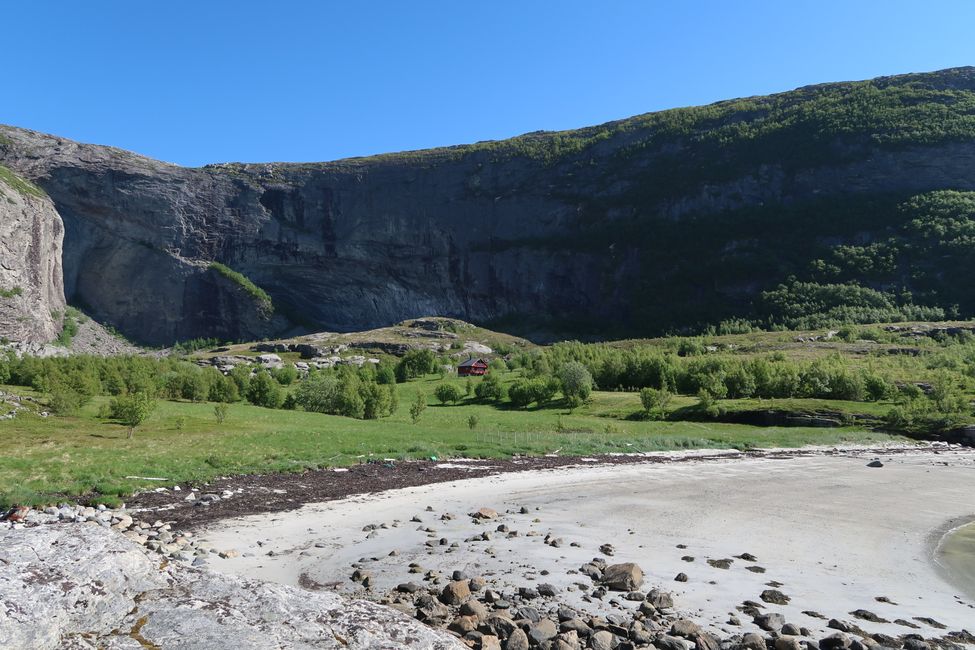
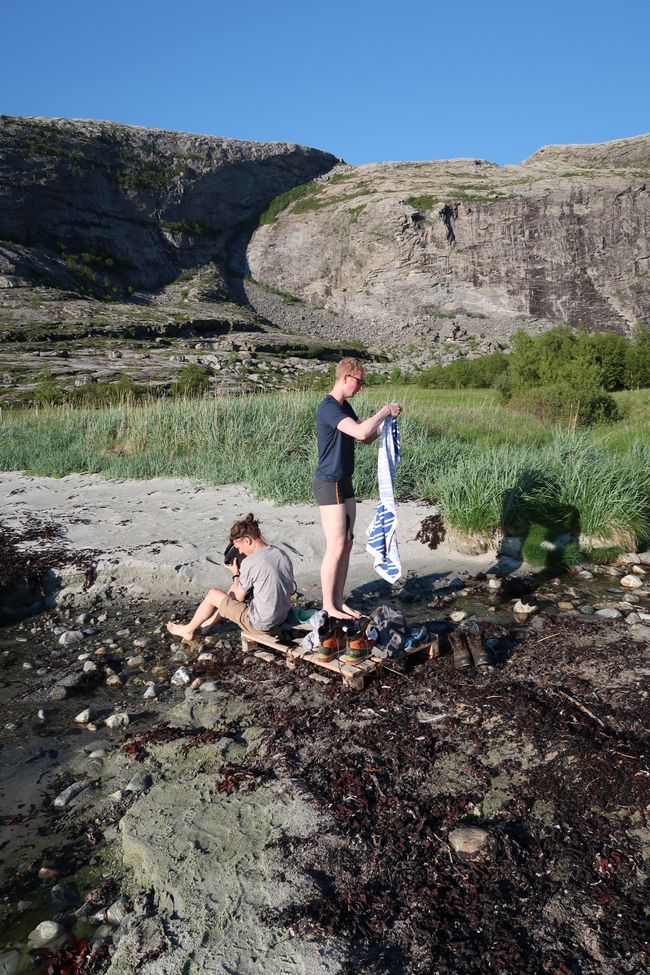
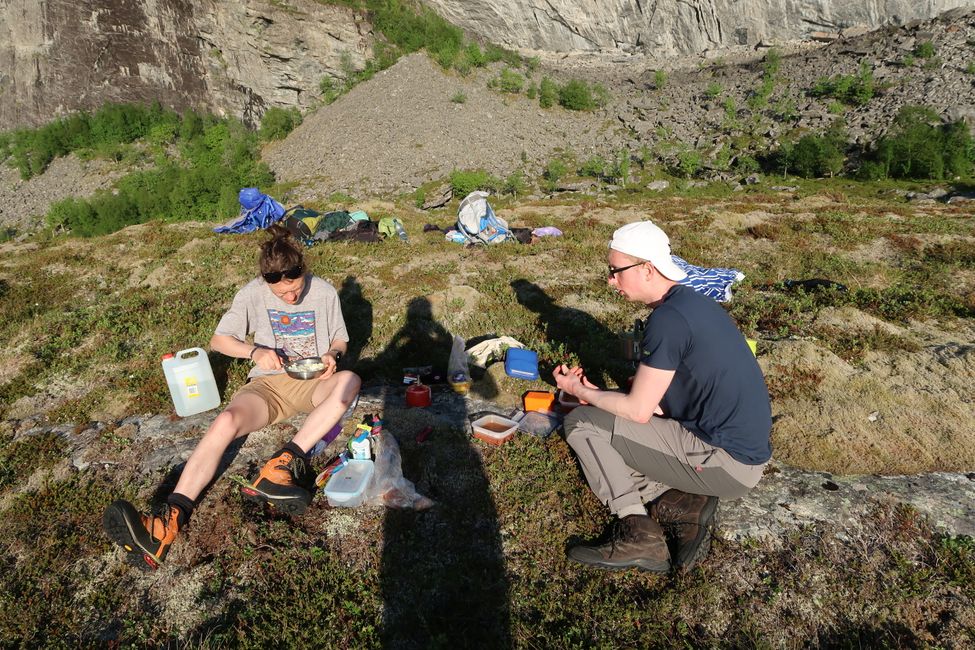
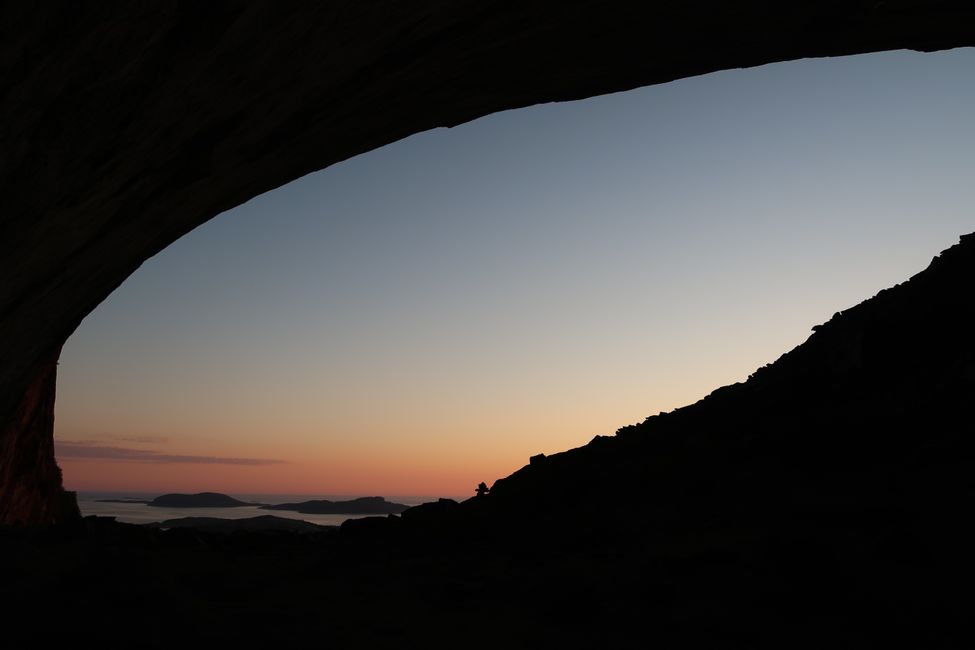
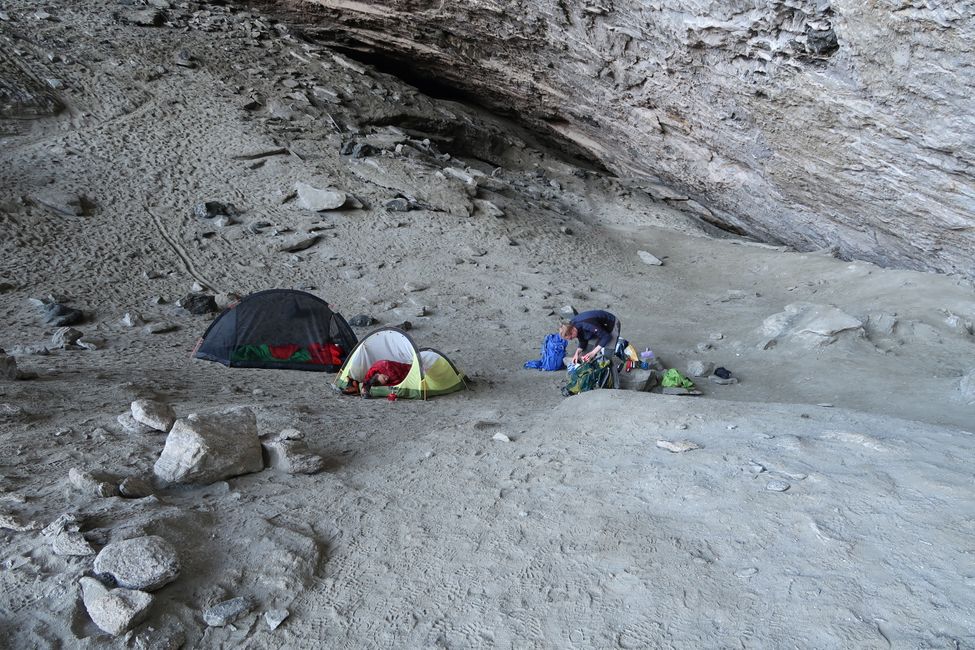
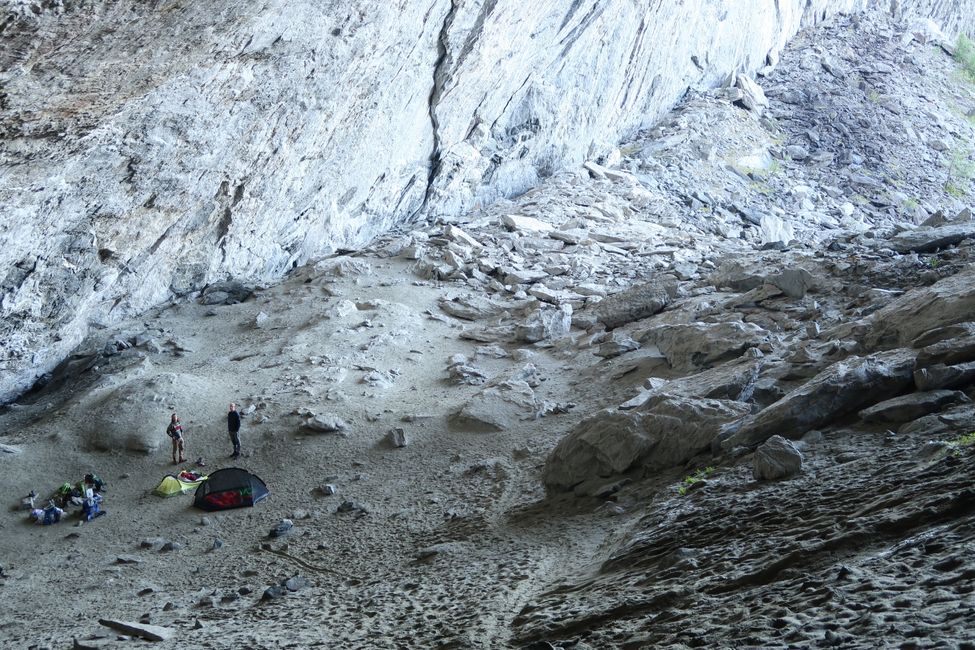
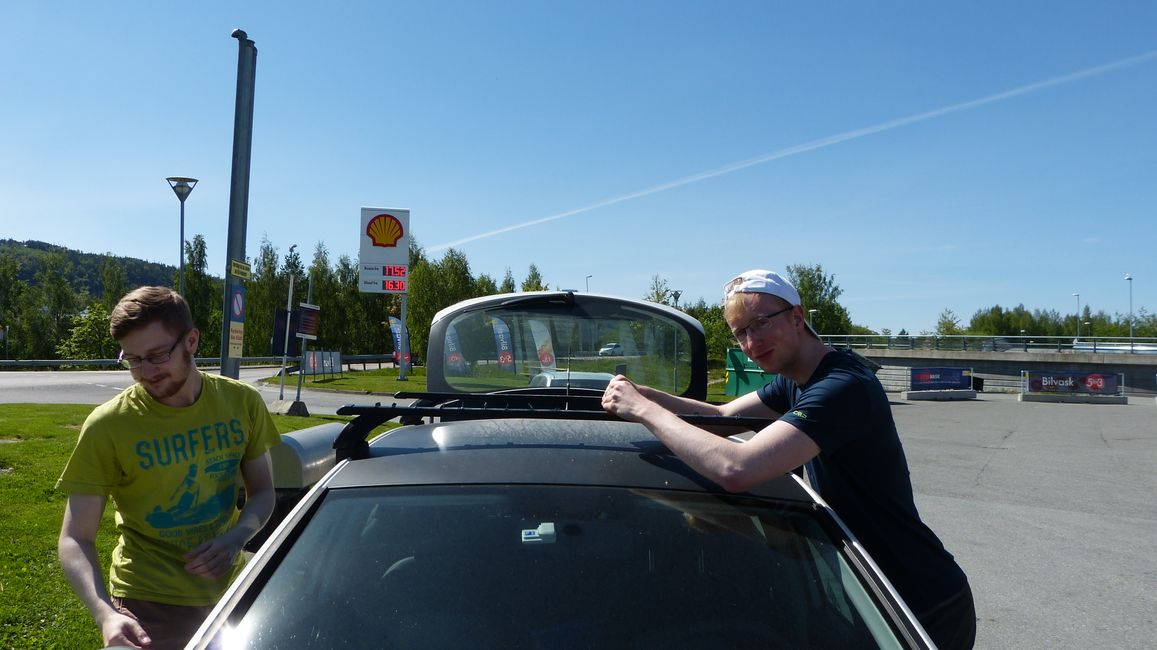
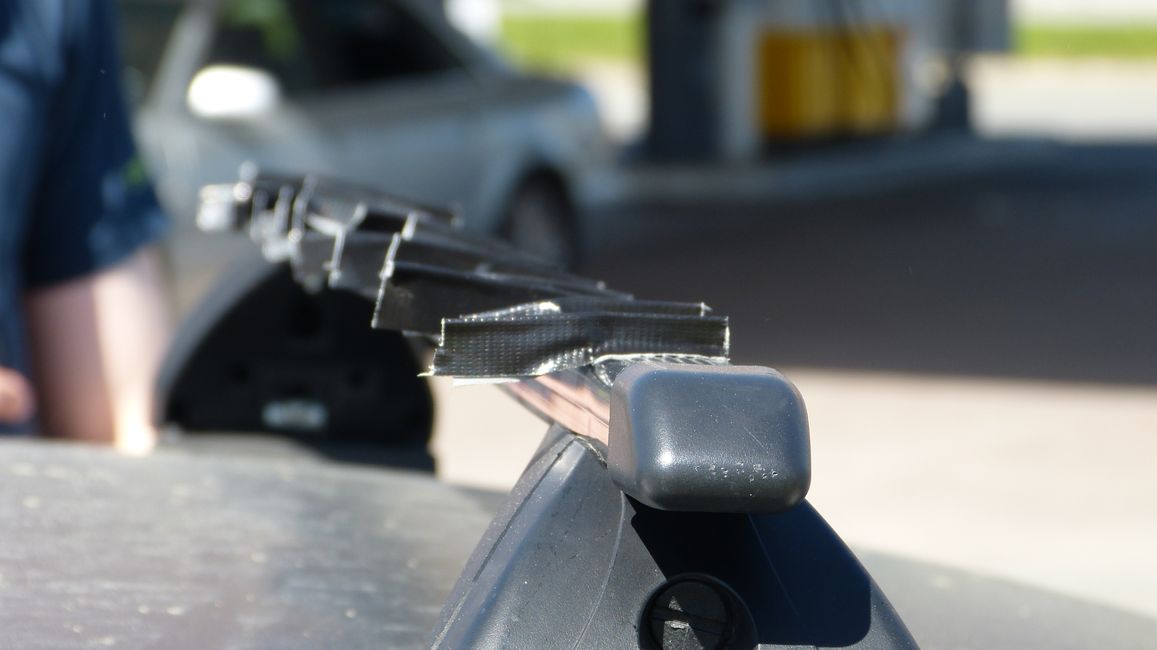
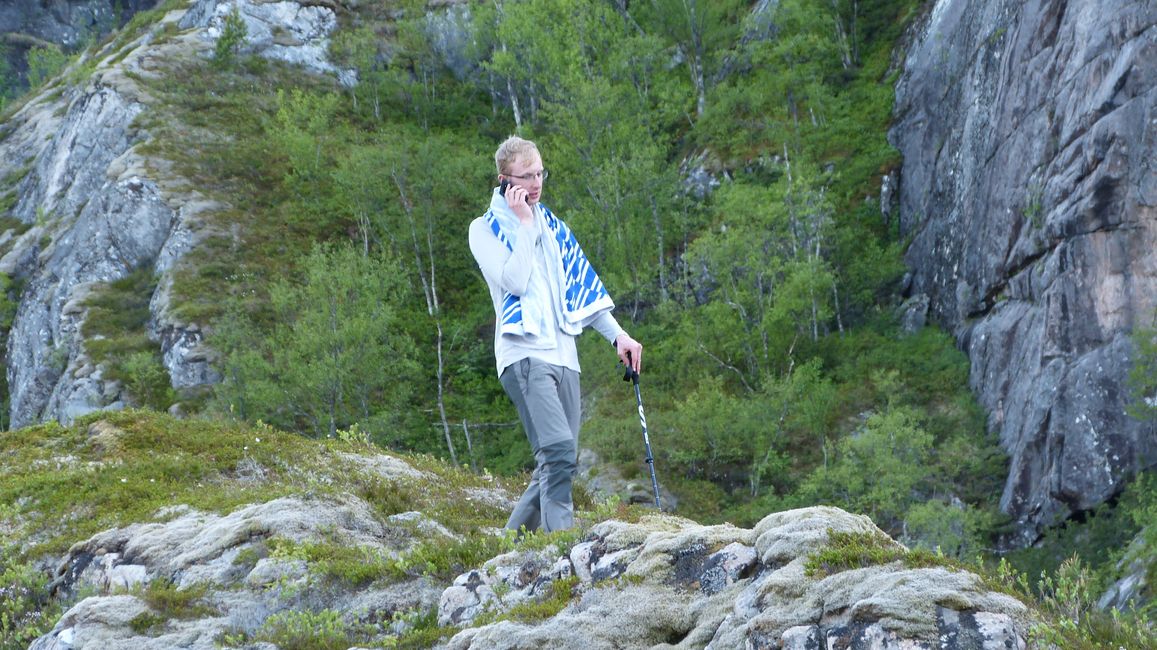
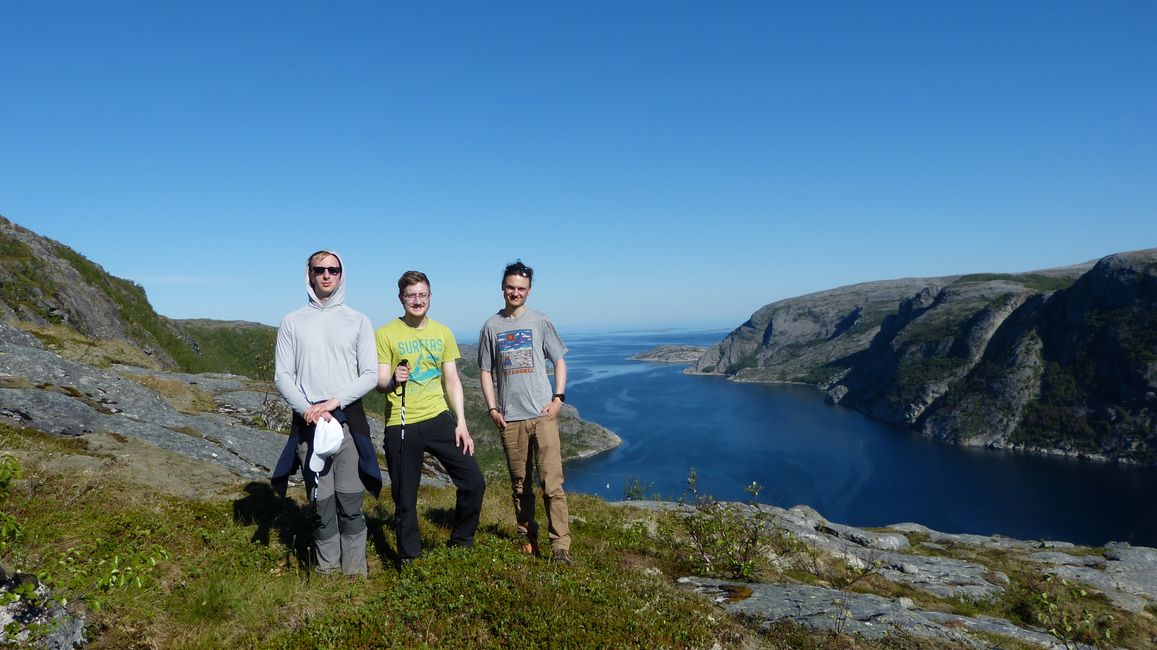
Բաժանորդագրվել տեղեկագրին
At the beginning of this semester:
While browsing through the brochures that were laid out in the café of the Nidaros Cathedral, an impressive picture caught my eye. 2 A4 pages showed a huge cave opening overlooking the sea. Quite remote on a difficult-to-reach peninsula, Halvikhula is the largest cave opening in Northern Europe. With a 3-hour drive, it is also quite easy to reach (by Norwegian standards). For me, it was clear - I have to make a trip there.
04.06.2021:
Martin, Uli and I are sitting in Peperoni and we are heading north with excitement. Our weekend trip should not only include Halvikhula, but also Hanshelleren, another cave famous for its difficult climbing routes. We packed our tents and supplies for the 3 days. Our anticipation was unrestrained... Until I started driving the first meters with Peperoni.
[Just briefly for context - my car is whistling. And not just since recently. Ever since I drove to Norway in early January, the whistling of the roof box has accompanied me every step of the way. Sometimes louder, sometimes quieter... Depending on the speed and wind. That's why before our cave trip, I decided to finally remove the roof box. Problem solved? Quiet rides at last? Not at all. My roof is whistling louder than ever and only now did I realize that it's not the box, but the roof rack rails. Well, tough luck, because the rails are very cumbersome to mount and dismount.]
The roof racks were making noise like never before and after 30 minutes I couldn't take it anymore and I stopped at a gas station. I had already planned an experimental solution for this case. I addressed the attendant with "Once the strongest duct tape you can spare, please." (of course in accent-free Norwegian). And so, Martin and I arrived at Peperoni 10 minutes later and attached small windbreakers to the front roof rail. In theory, the whistling is caused by vortexes that form and detach from the roof rail during the drive. The larger the vortexes, the louder the noise. The windbreakers made of duct tape were supposed to "cut" the vortexes and reduce the noise.

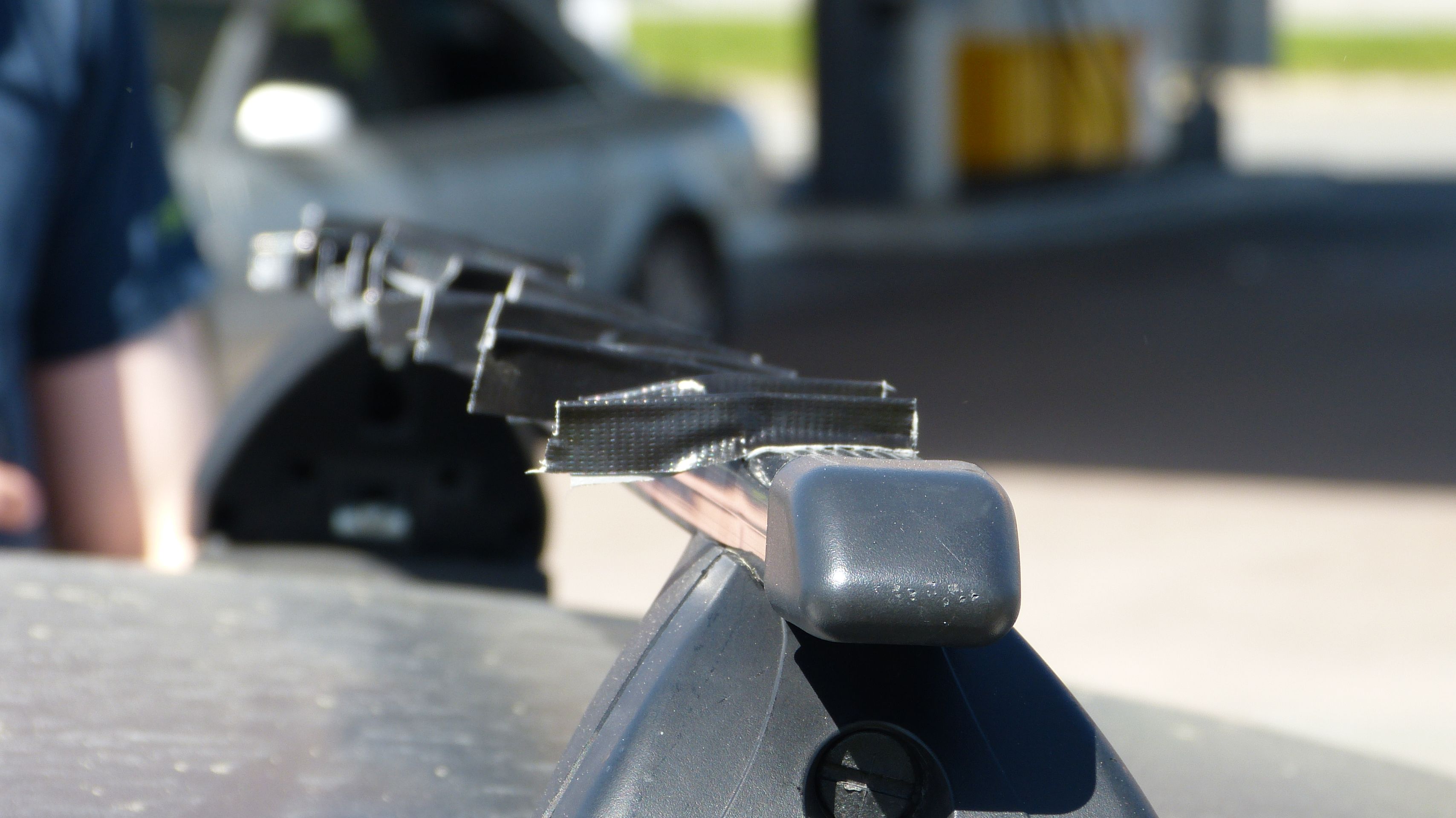
I didn't expect this method to make a great improvement, but we started driving again. 30, 60, then 90 km/h (maximum speed!) and behold. Silence. Or at least "almost silence," but the remnants of the once deafening whistle were negligible. And so, we drove towards our destination in peace.
About the drive: It was nice. Period. We parked the car at a remote spot, prepared our backpacks, and marched towards the cave. We planned to use the land route to the peninsula and hike the 10 km through rough terrain, and initially, it went well. We followed a path that was easy to walk. However, the path soon ended, and in front of us, there was only impassable forest on the steep mountainside. After struggling for about 30 minutes and seeing no end to the difficulties, we decided to abandon the plan to spend the night in the cave. This was partly because out of all my experiences, climbing the wooded mountainside was certainly the riskiest action. Without going into detail, the "Potential bone fracture to potential success" ratio was simply miserable...
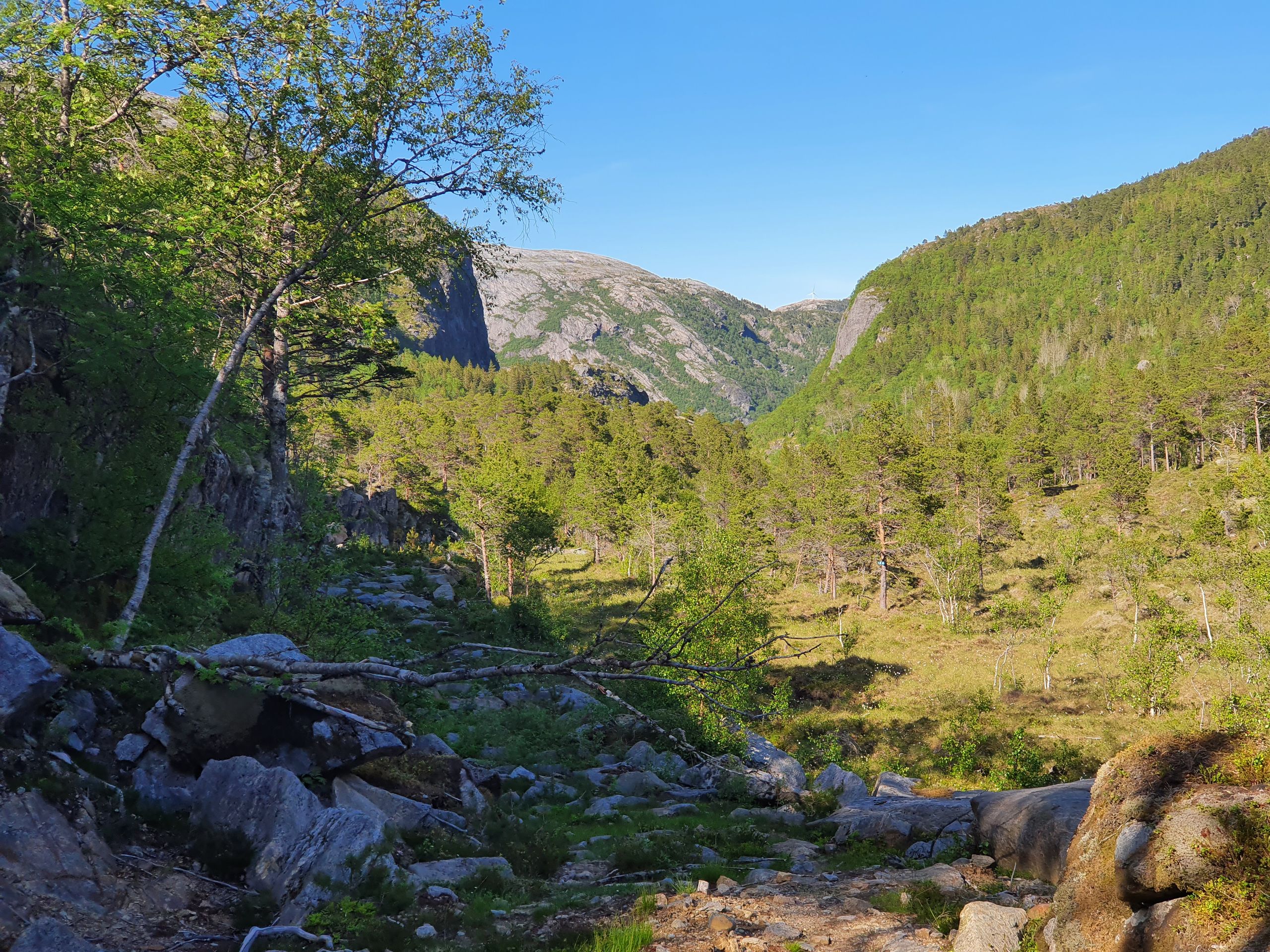
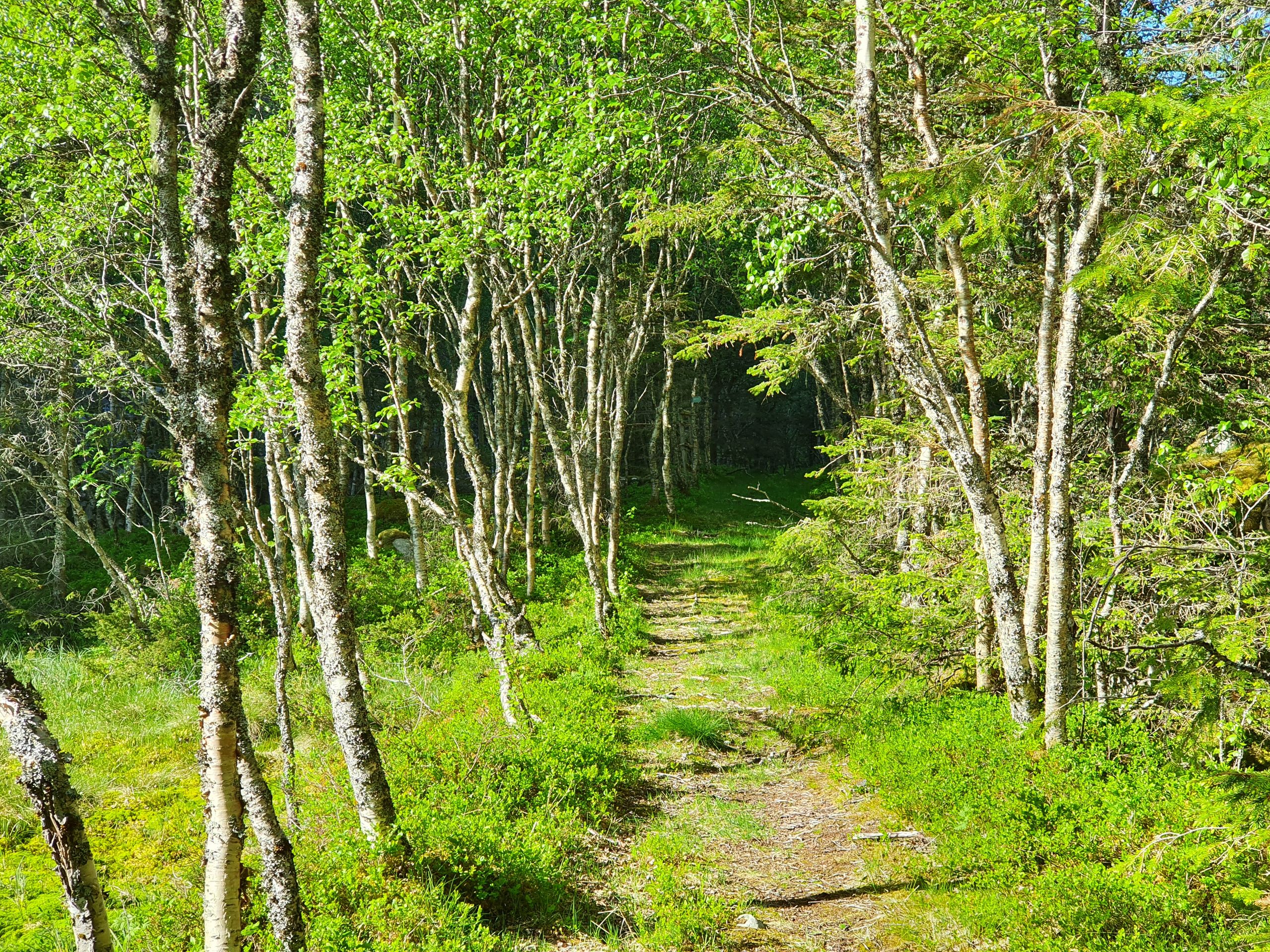
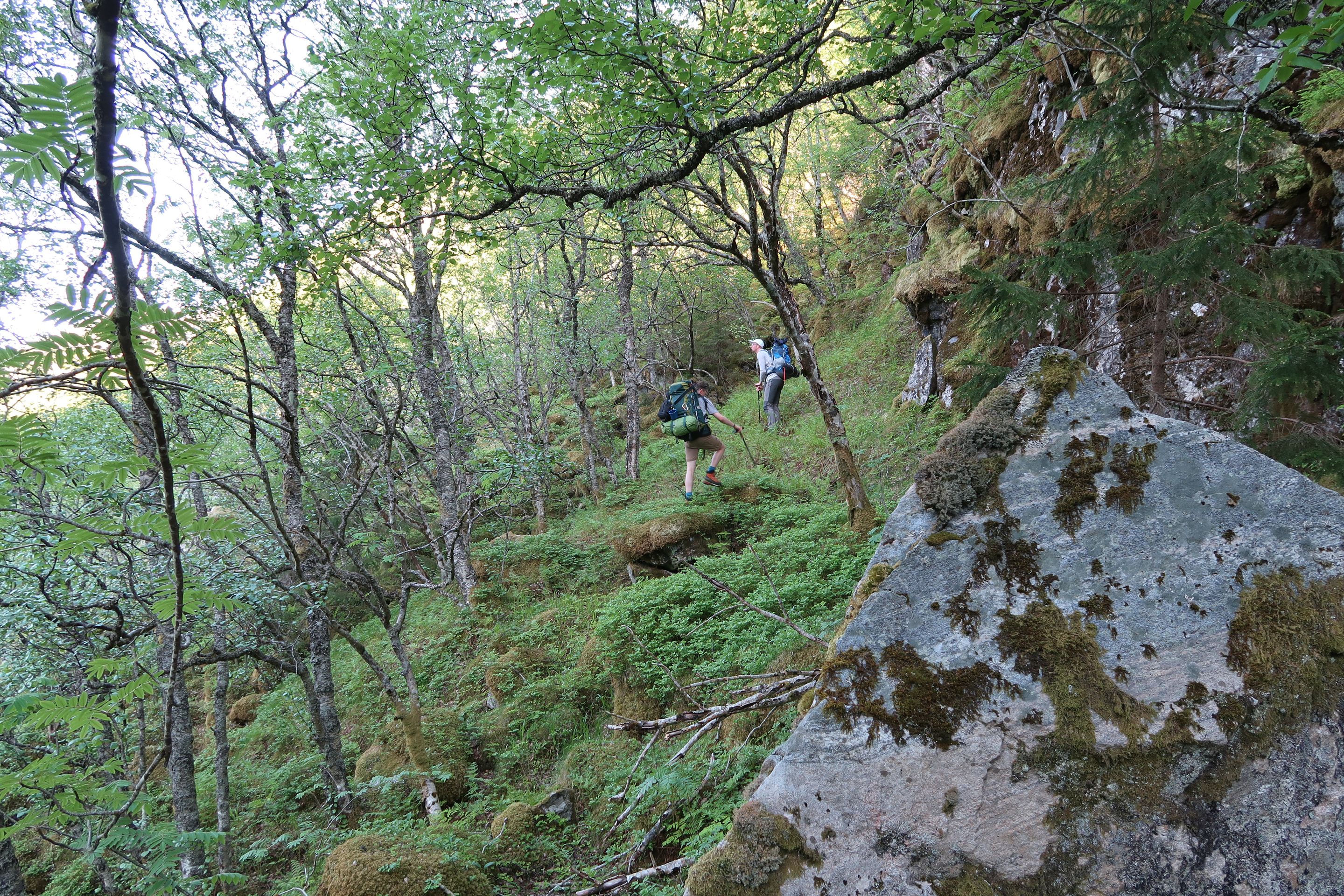

And so, we camped on the other side of the small bay where we had initially struggled to climb up. The area was beautiful and remote, and the cries we sent into the fjord echoed several times, as they were delayed by the stone walls and reflected across the entire fjord. The sunset behind the fjord mountains marked the end of the day and was just as impressive as the landscape itself.
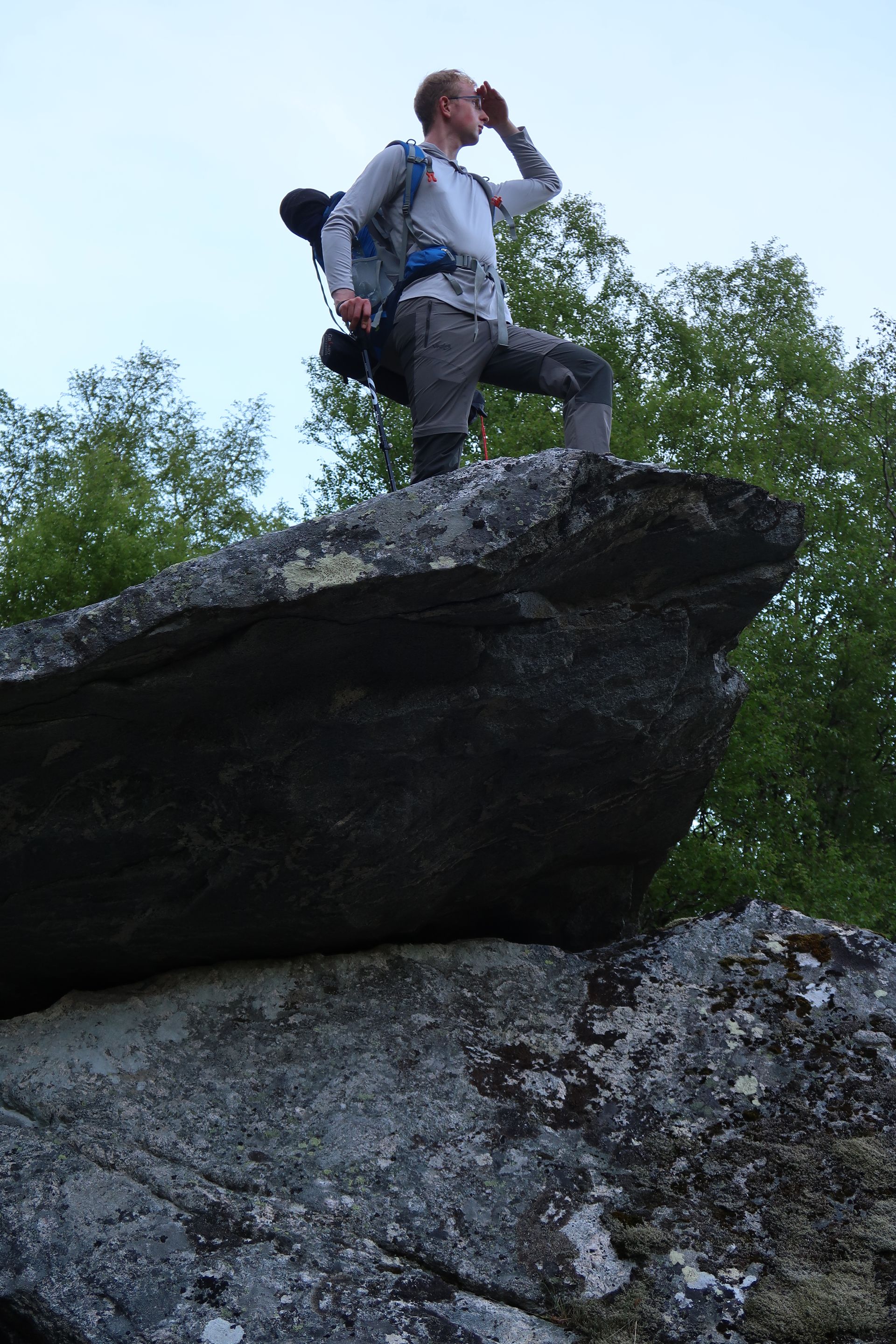


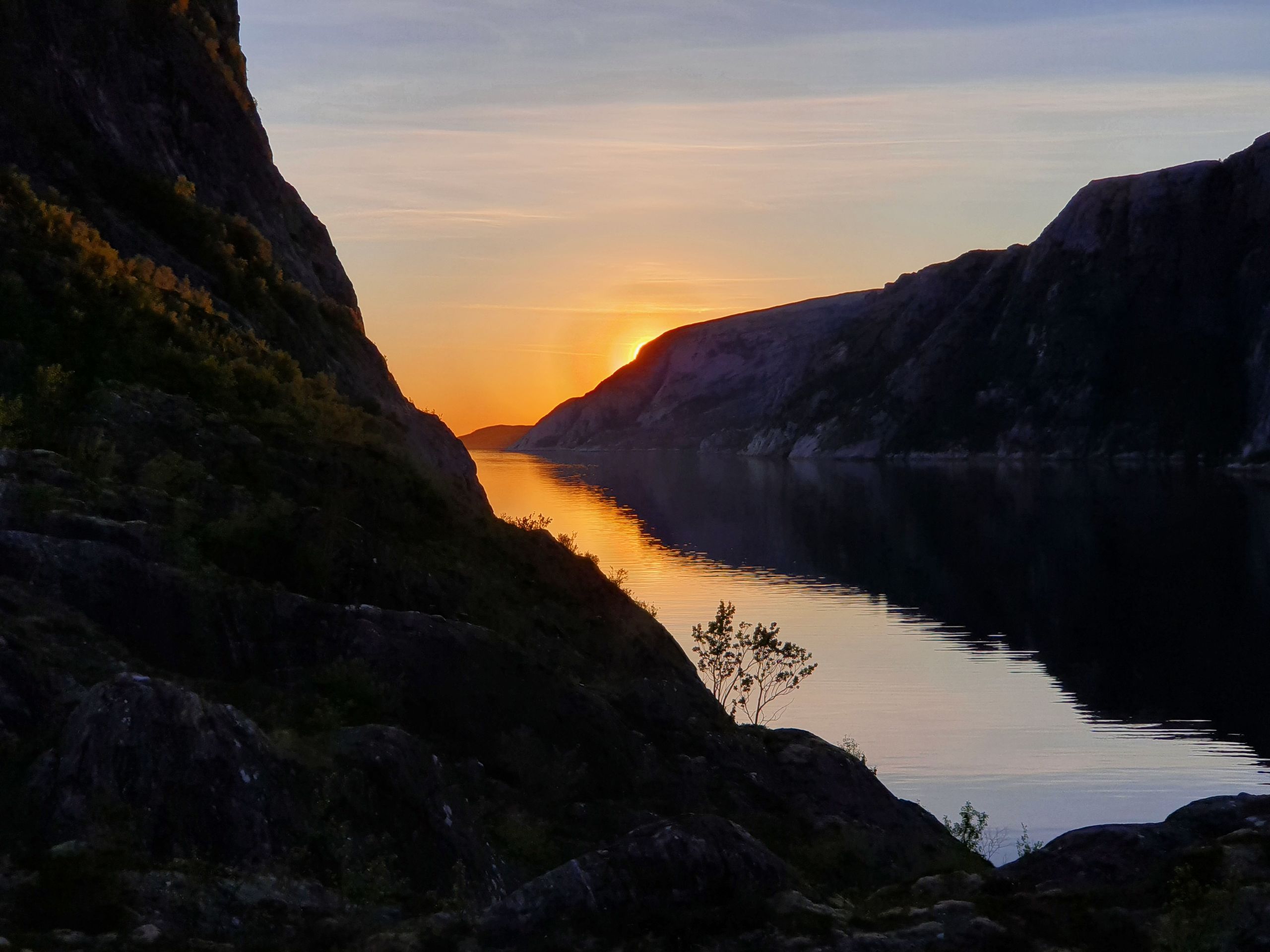
Apparently, my tent is designed for two small people, because my tent mate took up an unusually large amount of space that night (Uff). The next day began with some tiredness and a hike up a nearby mountain to wake up.
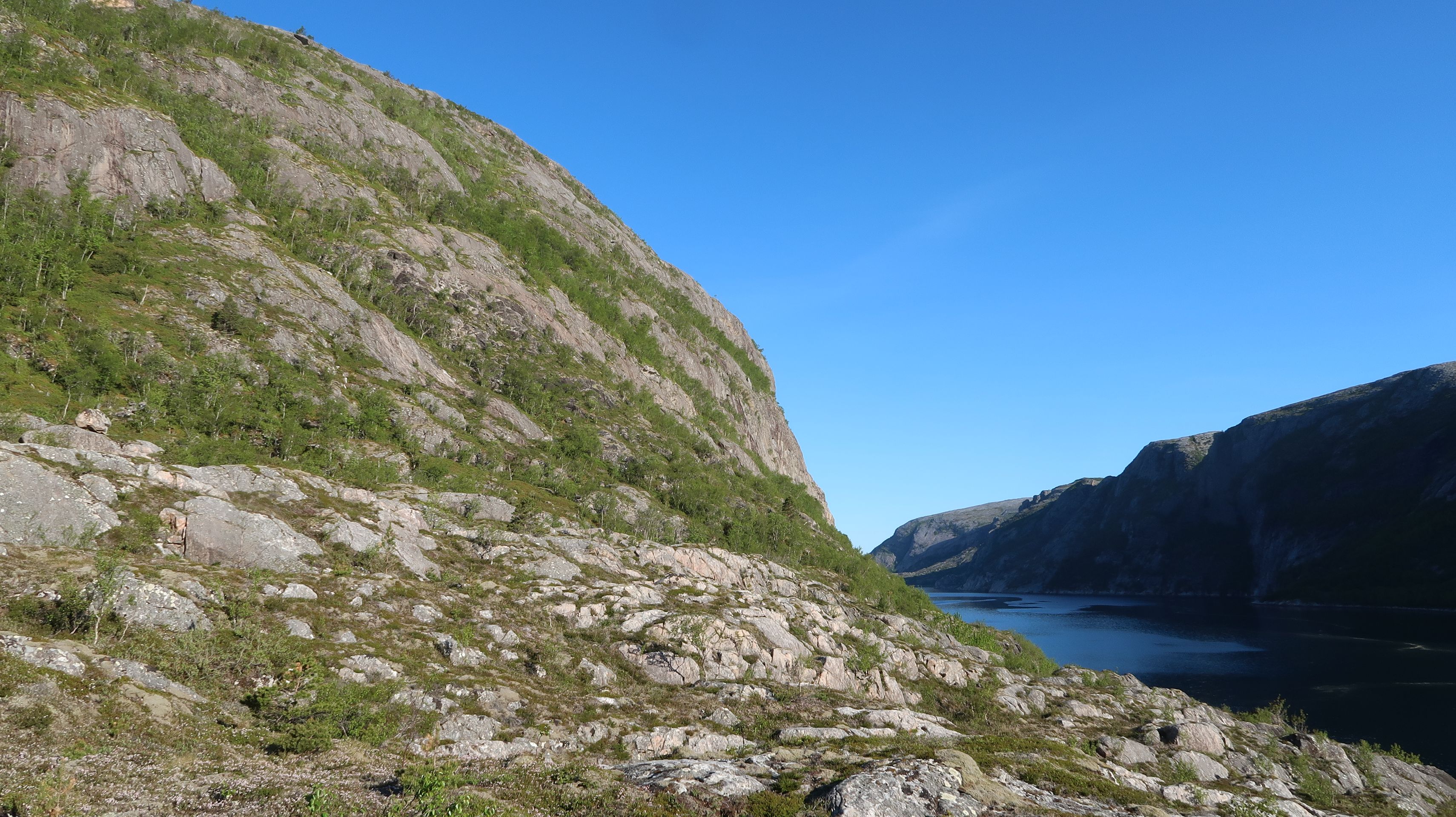
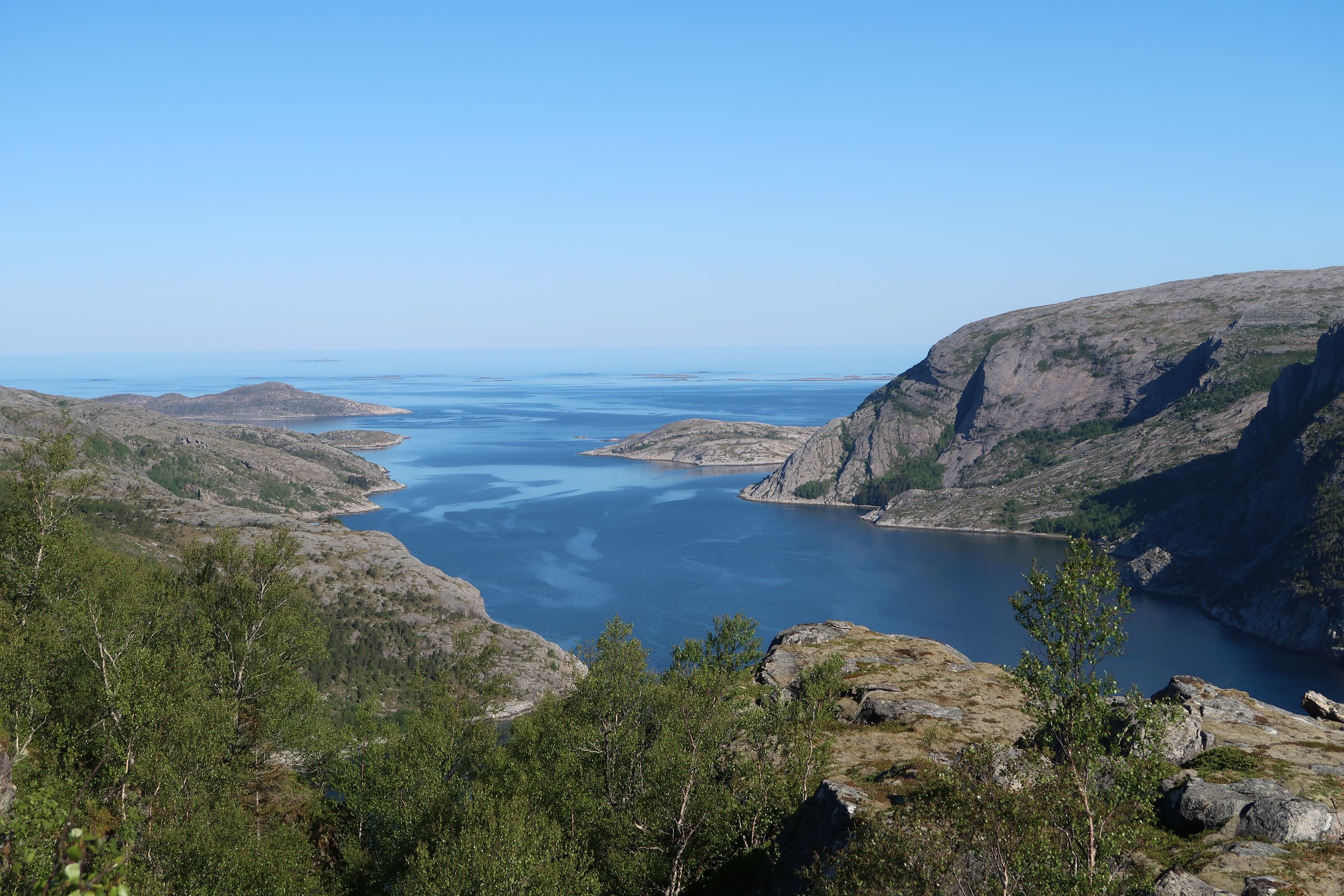
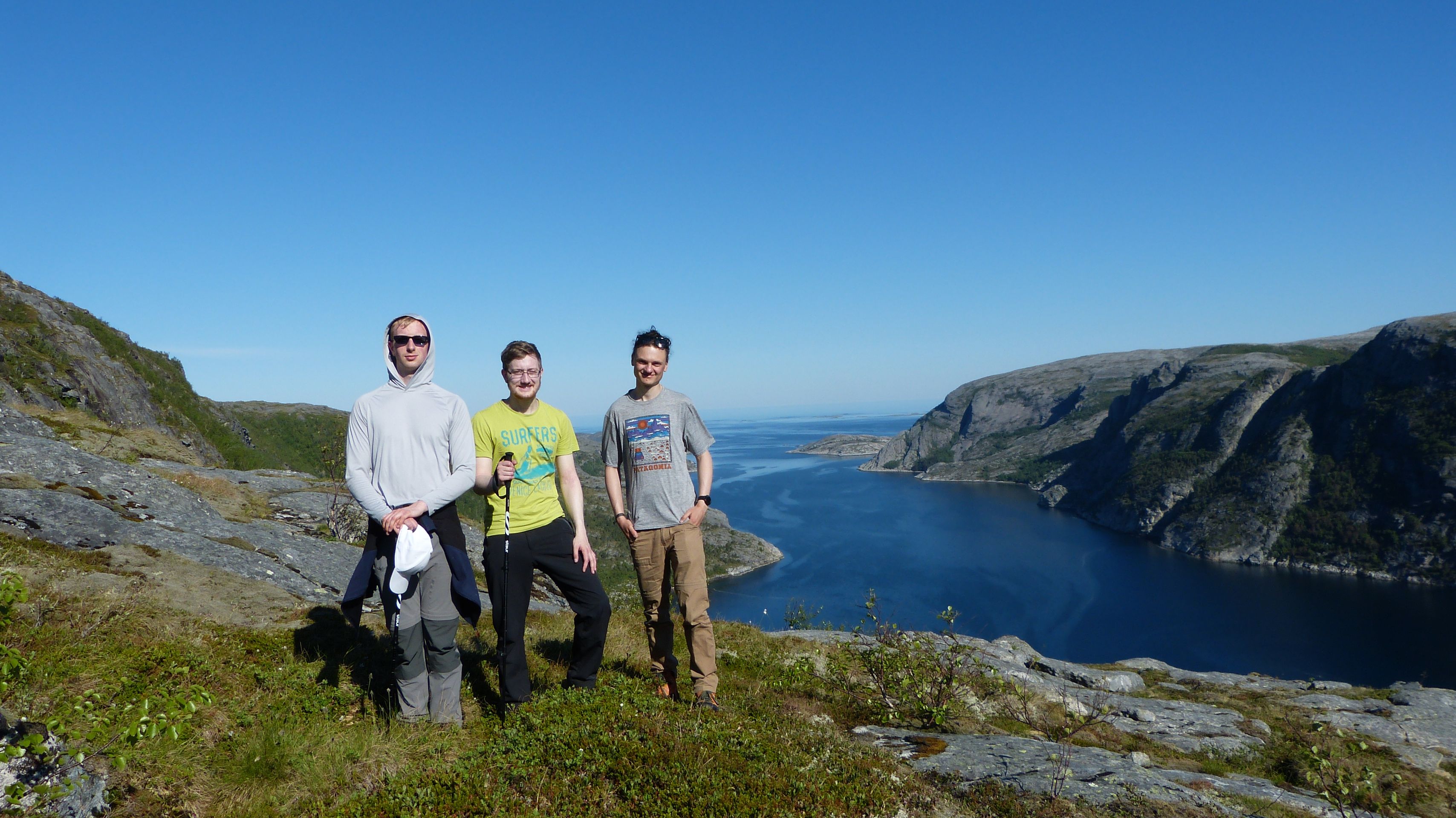
To still have a chance to see Northern Europe's largest cave opening, we hiked back and drove to the small town of Vingsand. We tried to find someone with a boat who could take us to the cave. We called various numbers advertised at the tourist information, but even after three hours of anxious waiting, they couldn't find anyone who could transport us.
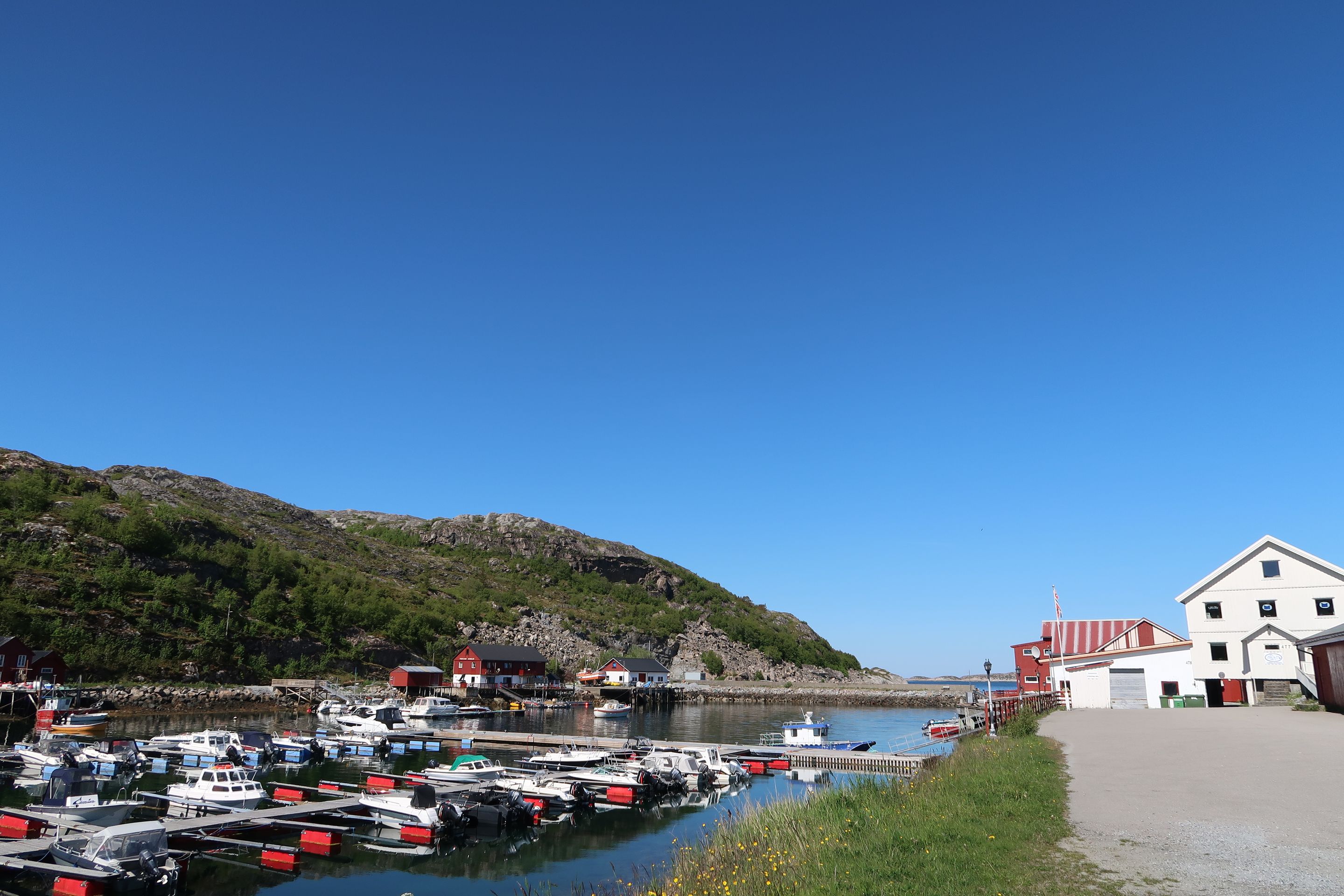
Eventually, Martin spoke to a boat captain who had just docked. He couldn't give us a ride either. We were about to pack up and leave Halvikhula behind when a local resident approached us. The boat captain had apparently personally visited several people in Vingsand and managed to find someone for us. After that, everything happened quickly. Lock the car, refill water, and off to the boat. After 10 minutes of refreshing boat ride, the shadow of the enormous mountain flank and the cave opening on the Halvik peninsula came into view.

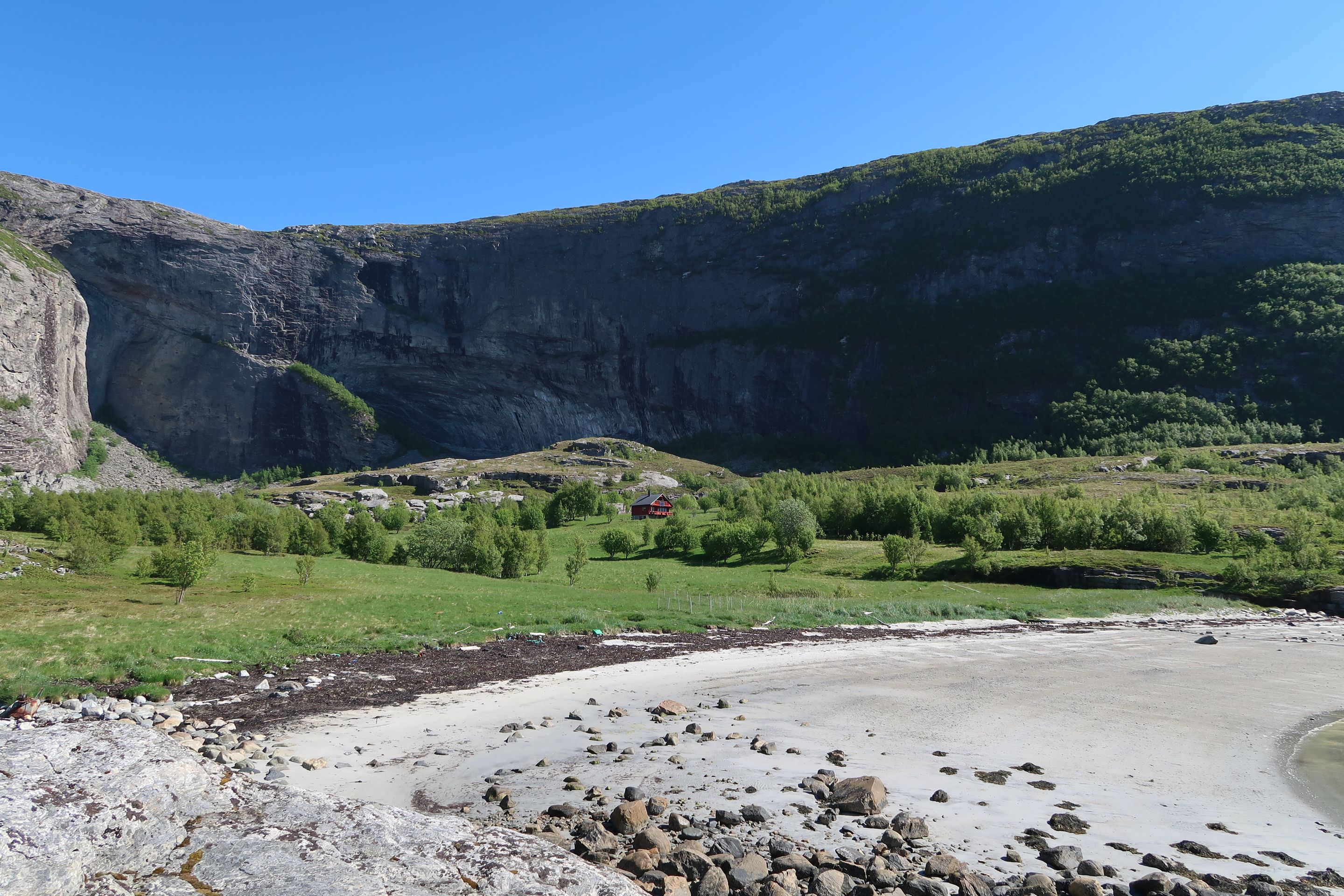
We arranged a pick-up time for the next day, said goodbye, and headed towards the cave. The sun disappeared behind the mountain soon after we entered the shadow of the mountain flank and we set up a makeshift camp. We only packed the essentials and walked the remaining 10 minutes to the cave. Wide scree fields awaited us, and when we were about 50 meters away from the rock wall, we realized that we were already "inside" the cave. That means, we were already covered by the rock.
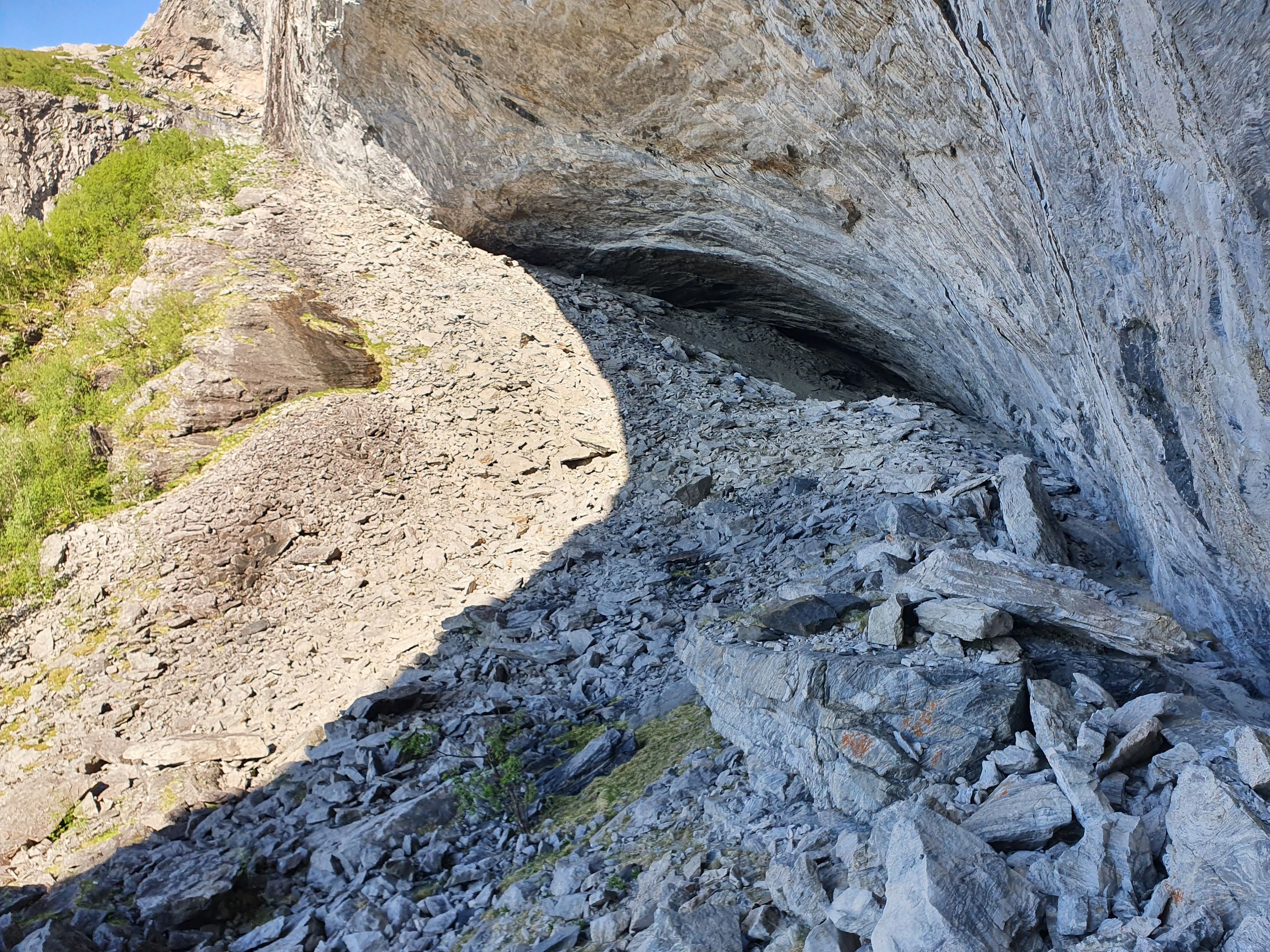
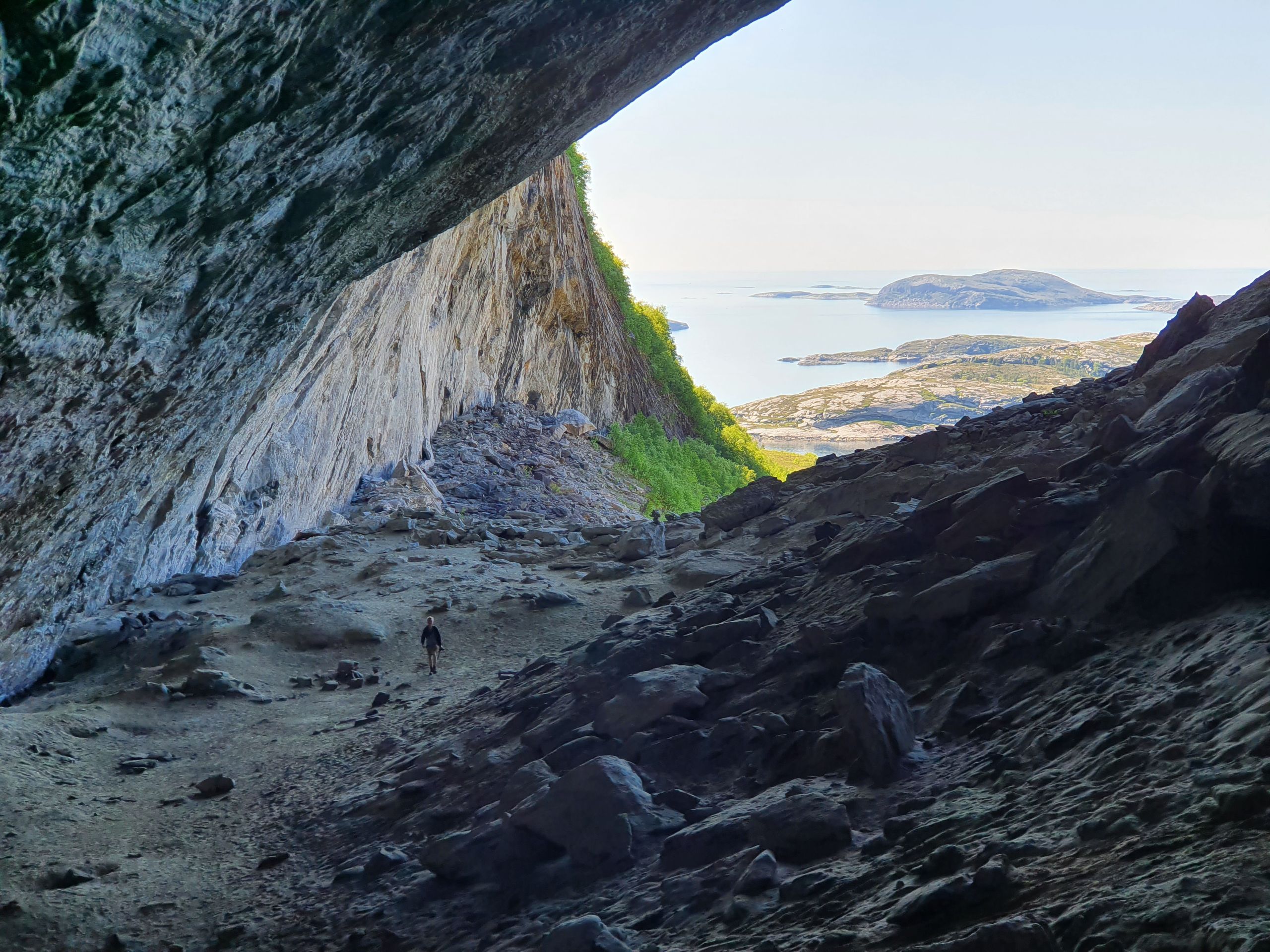
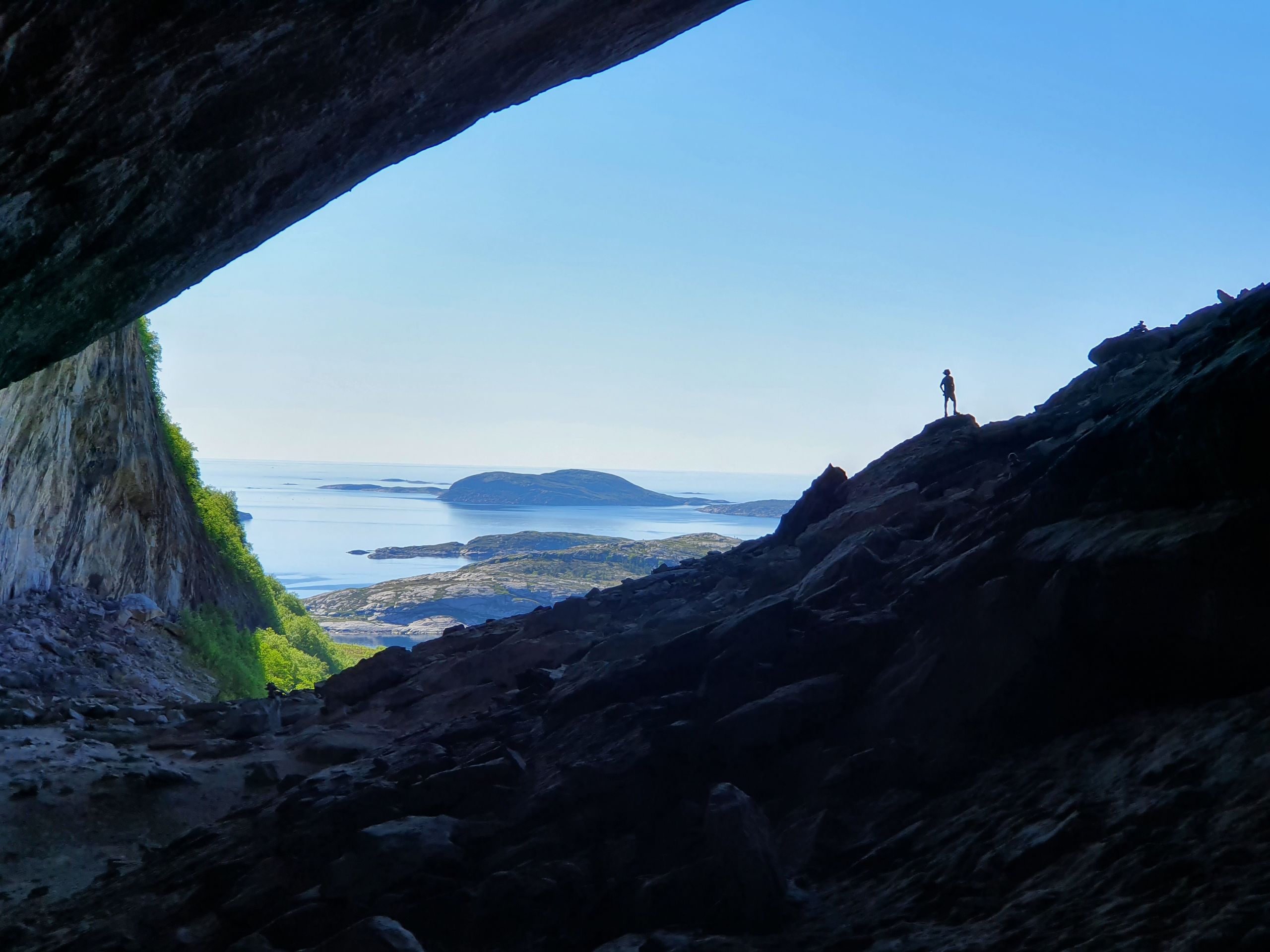
Thus, the cave opening is best described as a wave that has been raised upwards. But with a height of over 100 meters. If you follow the rock wall, you'll reach a completely closed cave opening that you can explore a few meters into the darkness. Although it is smaller than the actual cave opening, it still has enormous dimensions. The afternoon passed with a swim at the fantastically soft sandy beach and in the fantastically (cold!) water.
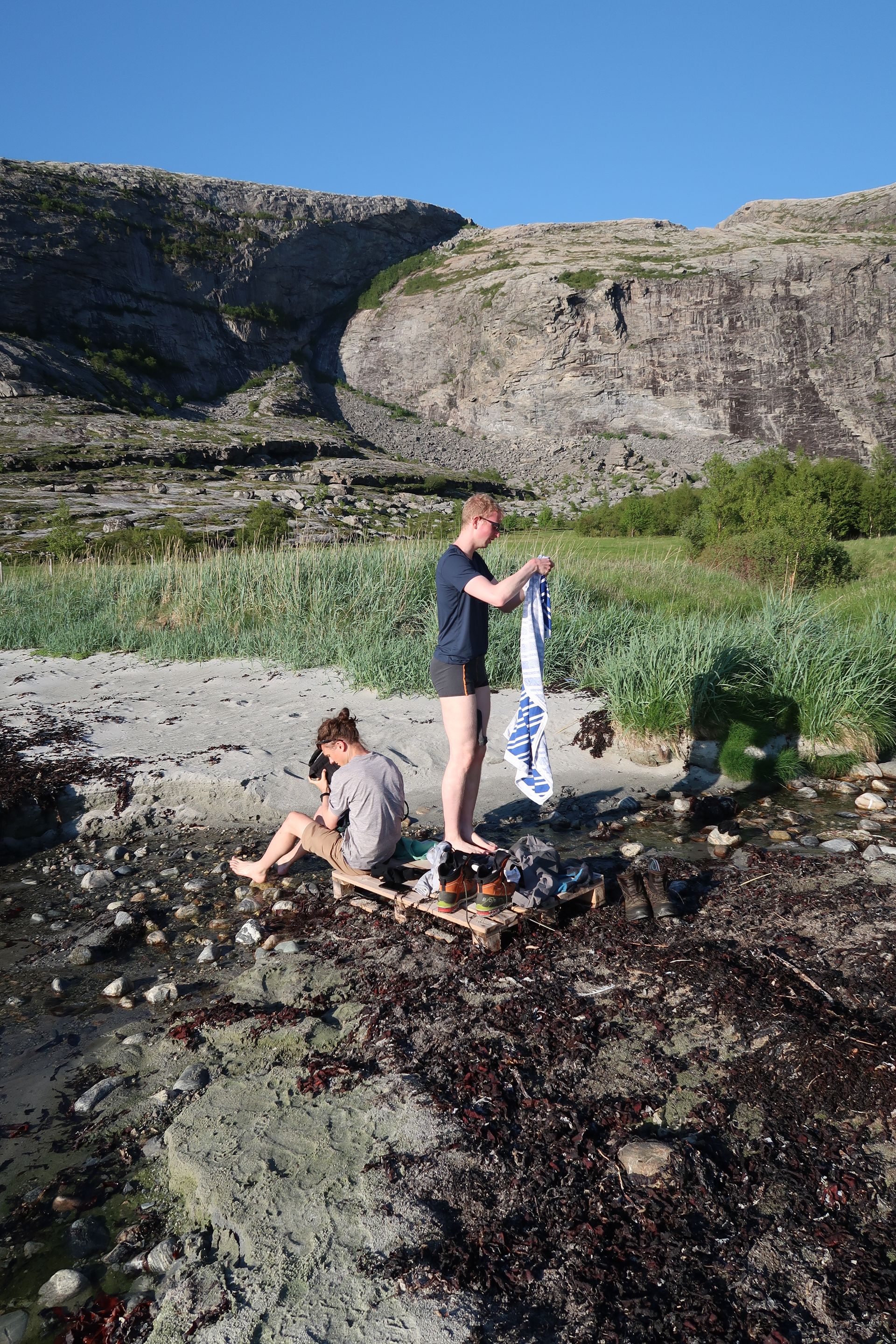
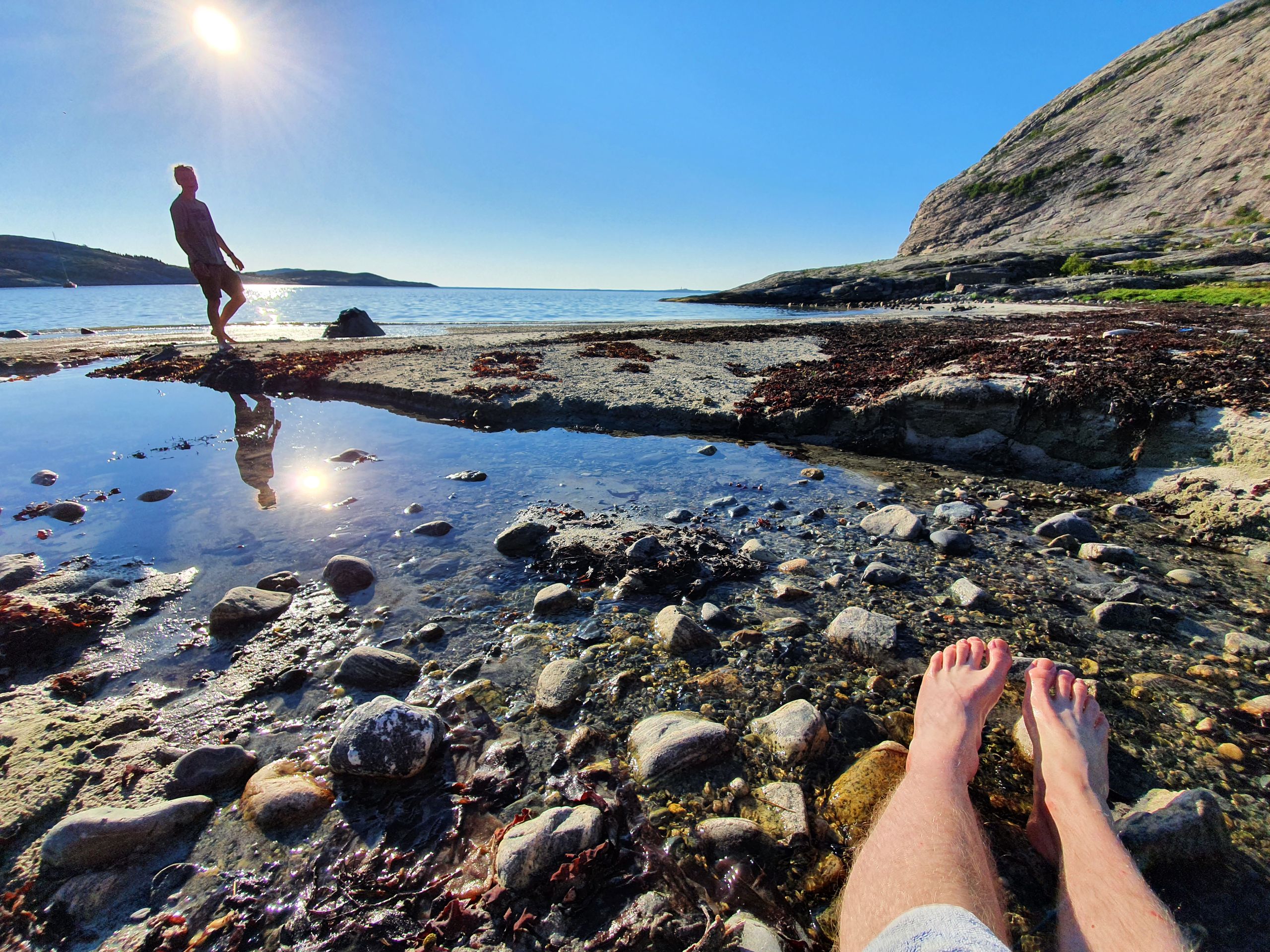

After dinner, we decided to set up our tents in the cave. This night was supposed to be more restful than the previous one, as the cave provided a pleasant darkness. It also seemed that this night I claimed the majority of the tent, as Martin complained the next morning, which at least explains my well-rested state.
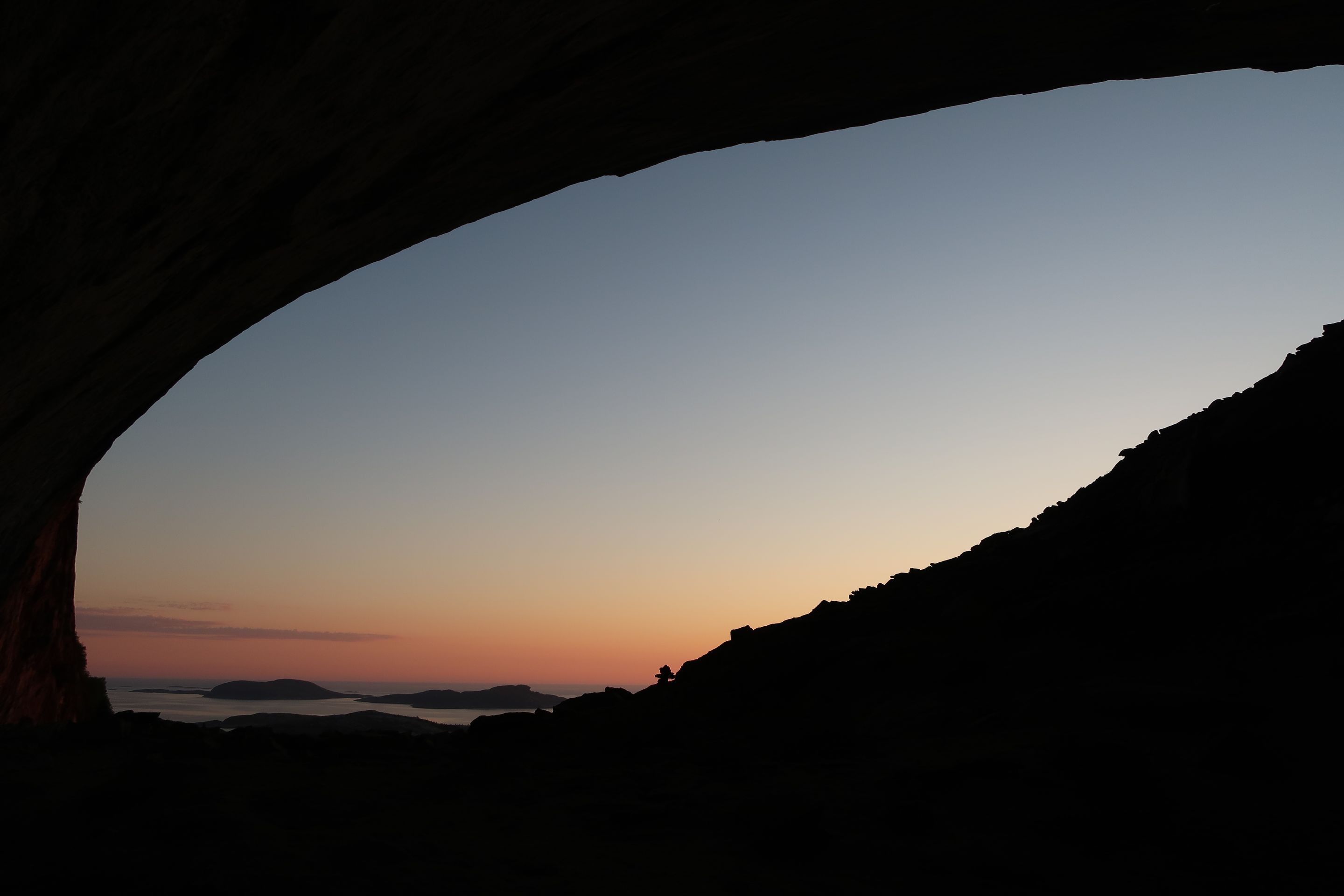



The next day, we packed up our camp and went to the meeting point for the pick-up, where our boat captain picked us up right on time. The transportation cost of €50 was more than fair, and we expressed our deepest gratitude. A lesson for the future. Where there's a will, there's a way, and with enough persistence, solutions can be found more often than you think!
Since this day was not planned for overnight stay, we went straight to the second cave, which was located a bit further north. Well, not entirely straight. Along the way, we discovered a powerful waterfall by the roadside, which we took a closer look at. You just come across such things here by the roadside.

90 minutes later, we arrived at the parking lot for the Hanshelleren cave. Since this cave, also due to its reputation, is relatively well developed, we could reach it on foot within 45 minutes. Here too, in front of the cave opening, there was a huge scree field that needed to be overcome. The geological processes over millions of years cause large areas to break off from the rock of the cave and accumulate in front of it. These boulders can have diameters of a few dozen centimeters as well as several meters. Navigation and progress over the rocks were accordingly exciting. Once inside the cave, we observed some climbers who were working their way up the route fixed to the wall using the safety equipment. These safety equipment were crisscrossed on all walls of the cave, as well as on the ceiling. Hanshelleren has also had the world's most difficult climbing route for several years, and if you look at the route course, you can see why.
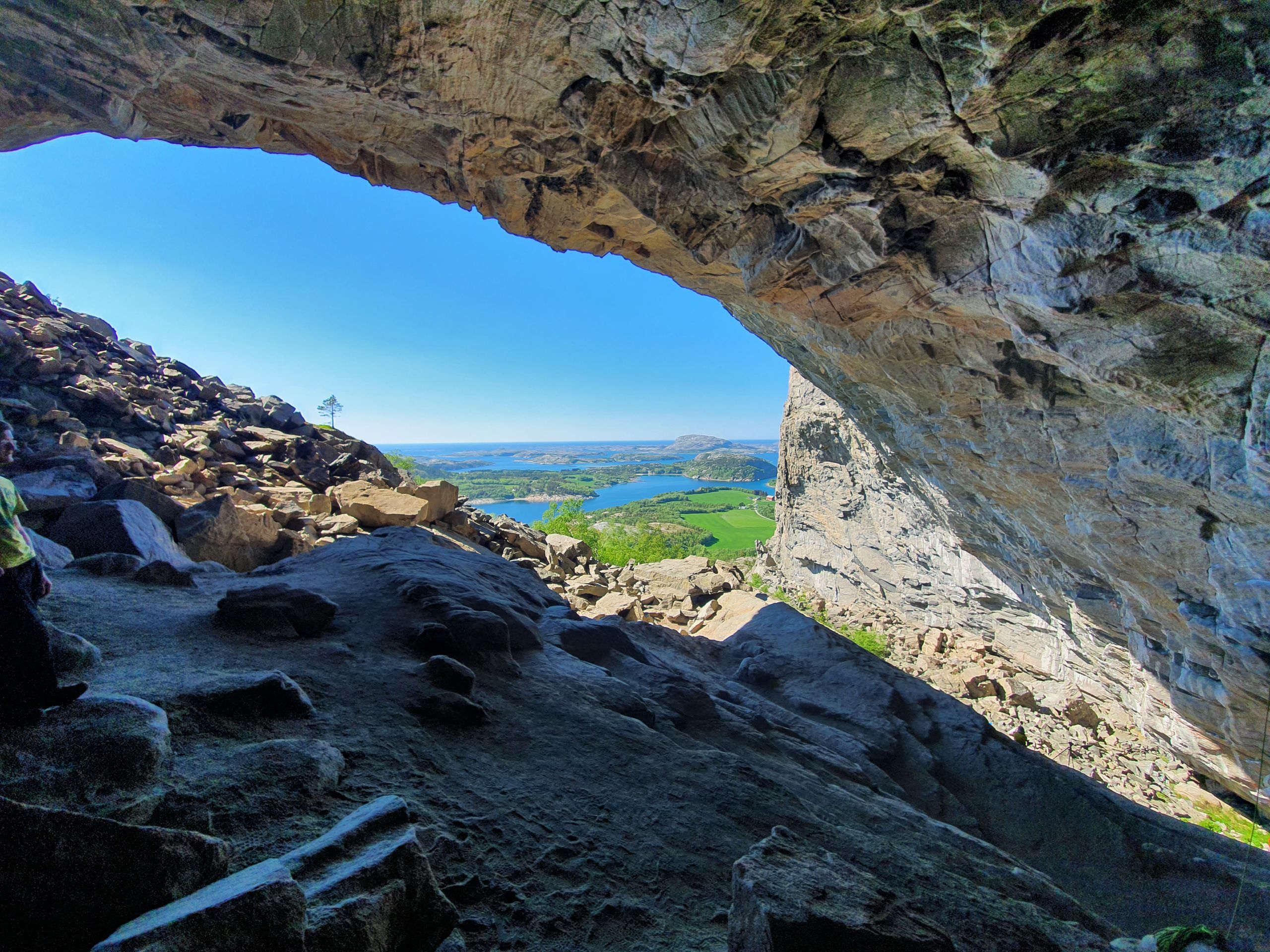
However, we slightly re-purposed the ropes hanging from the ceiling at some points, which are used to reach the routes on the ceiling. They are great for swinging freely into the cave, which is quite fun.
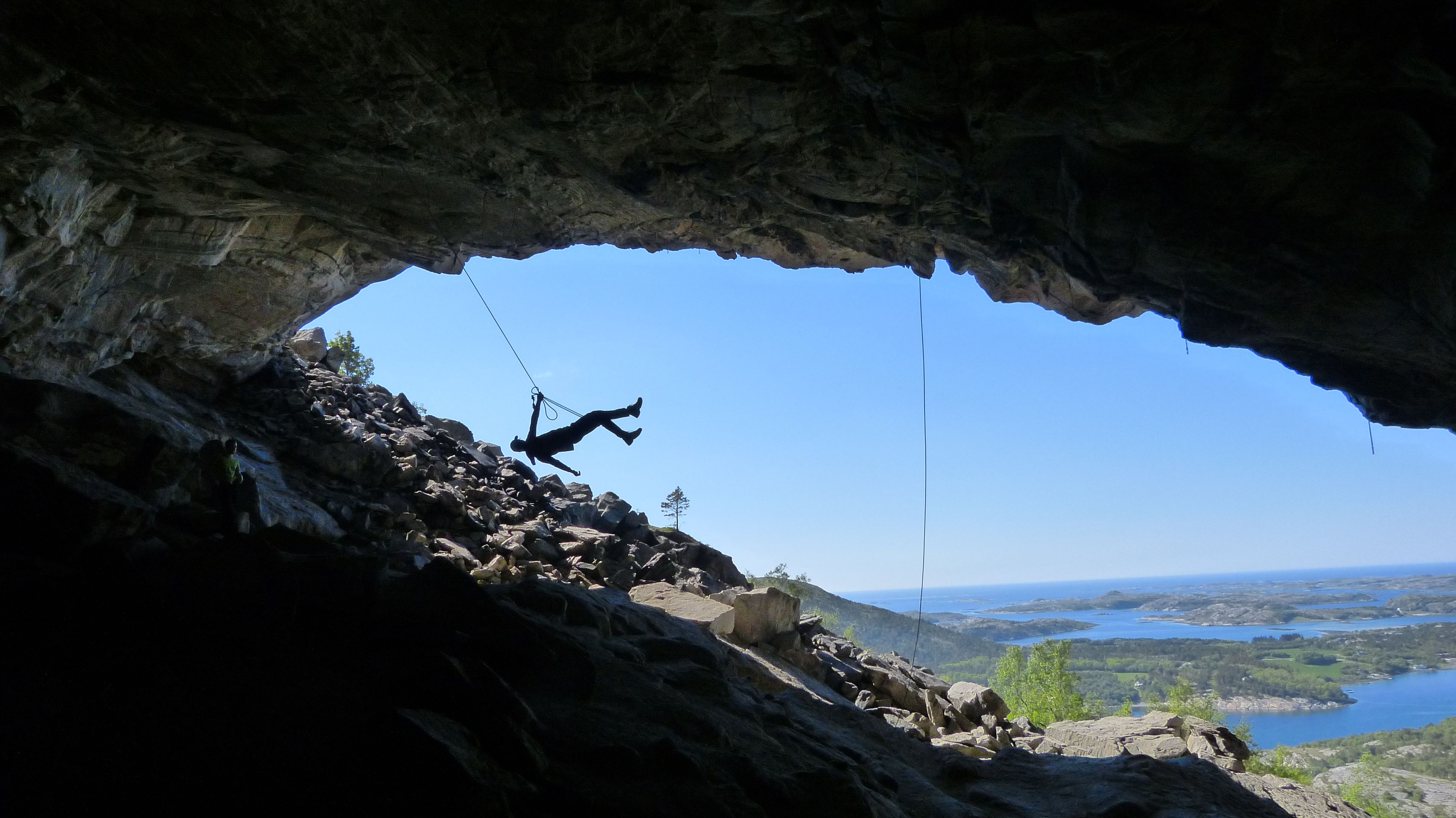
We left our backpacks in the cave and climbed the mountain in which Hanshelleren is embedded. The view of the scattered islands in the coastal landscape and the North Sea in the distance was probably one of the most beautiful of the past six months. The sun reflected in the blue water of the fjords below us, and a high-altitude lake on the mountain added the finishing touch to the sight.

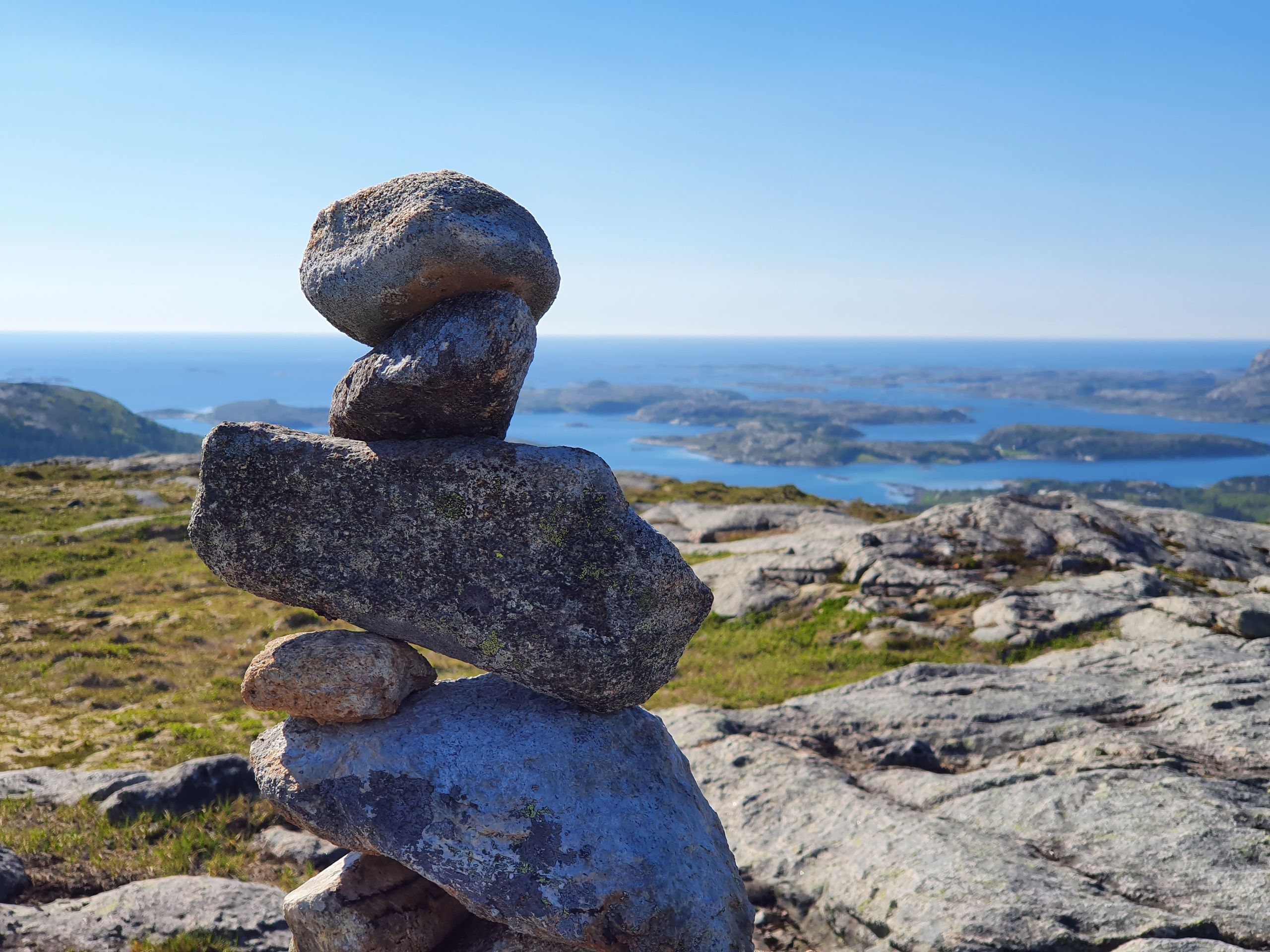
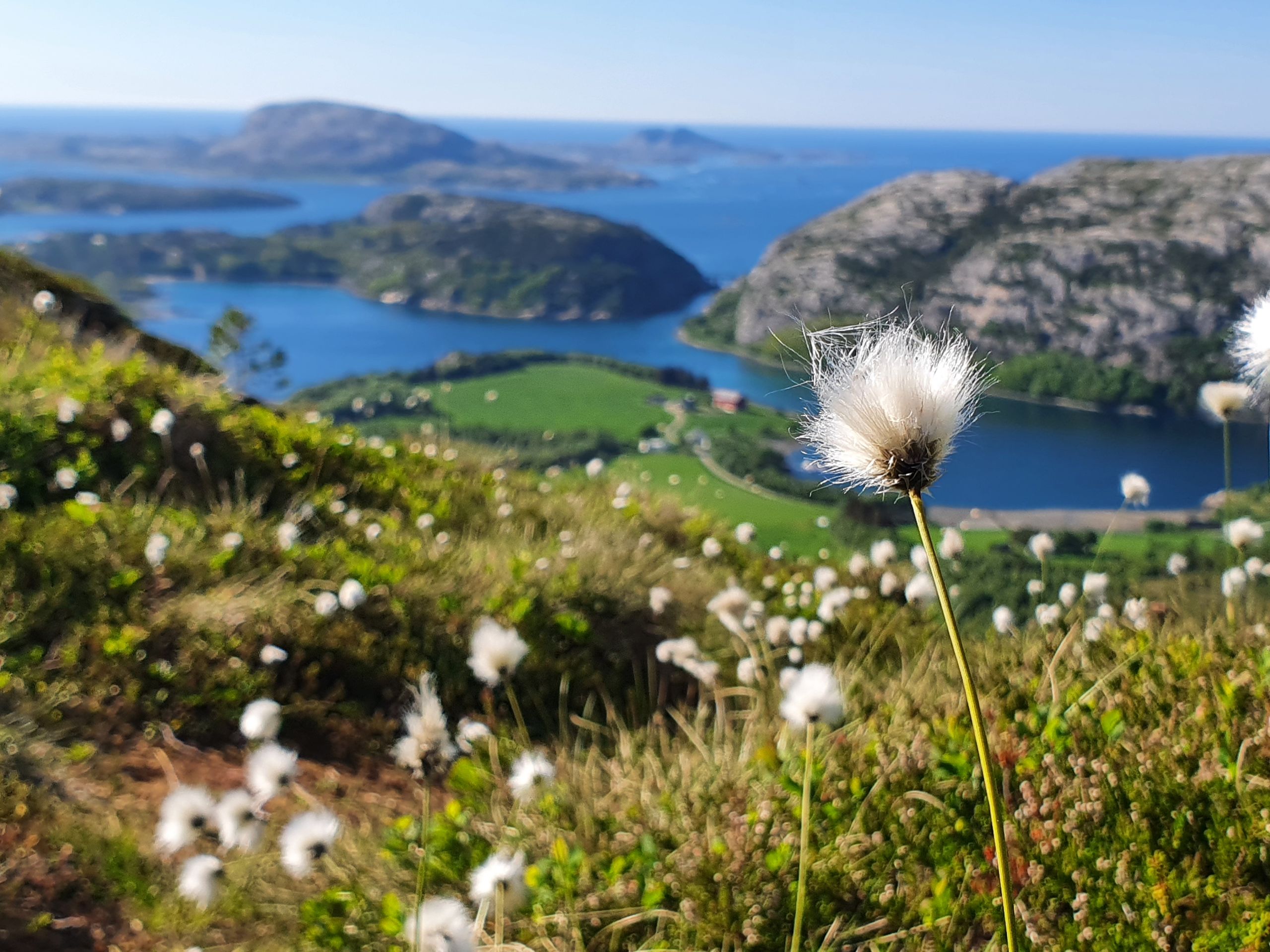
Although the trip lasted only 3 days, it felt longer. Not in a negative sense. Even during cabin trips, we realized how much a few days in the outdoors can relax us. This should also apply to us now. In addition, with this trip, we were able to explore a good part of Norway anew.
Բաժանորդագրվել տեղեկագրին
Պատասխանել
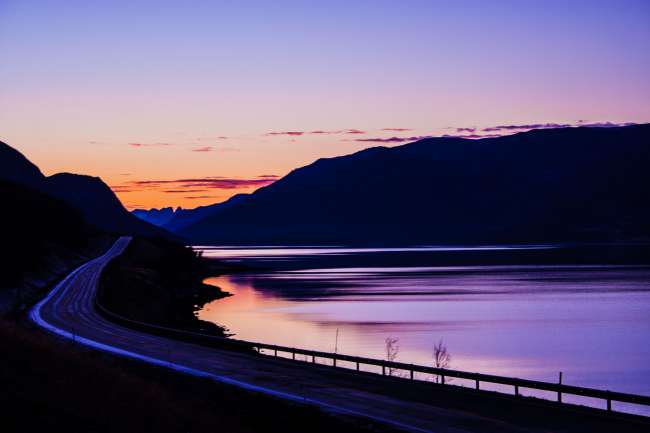
Ճանապարհորդական հաշվետվություններ Նորվեգիա
